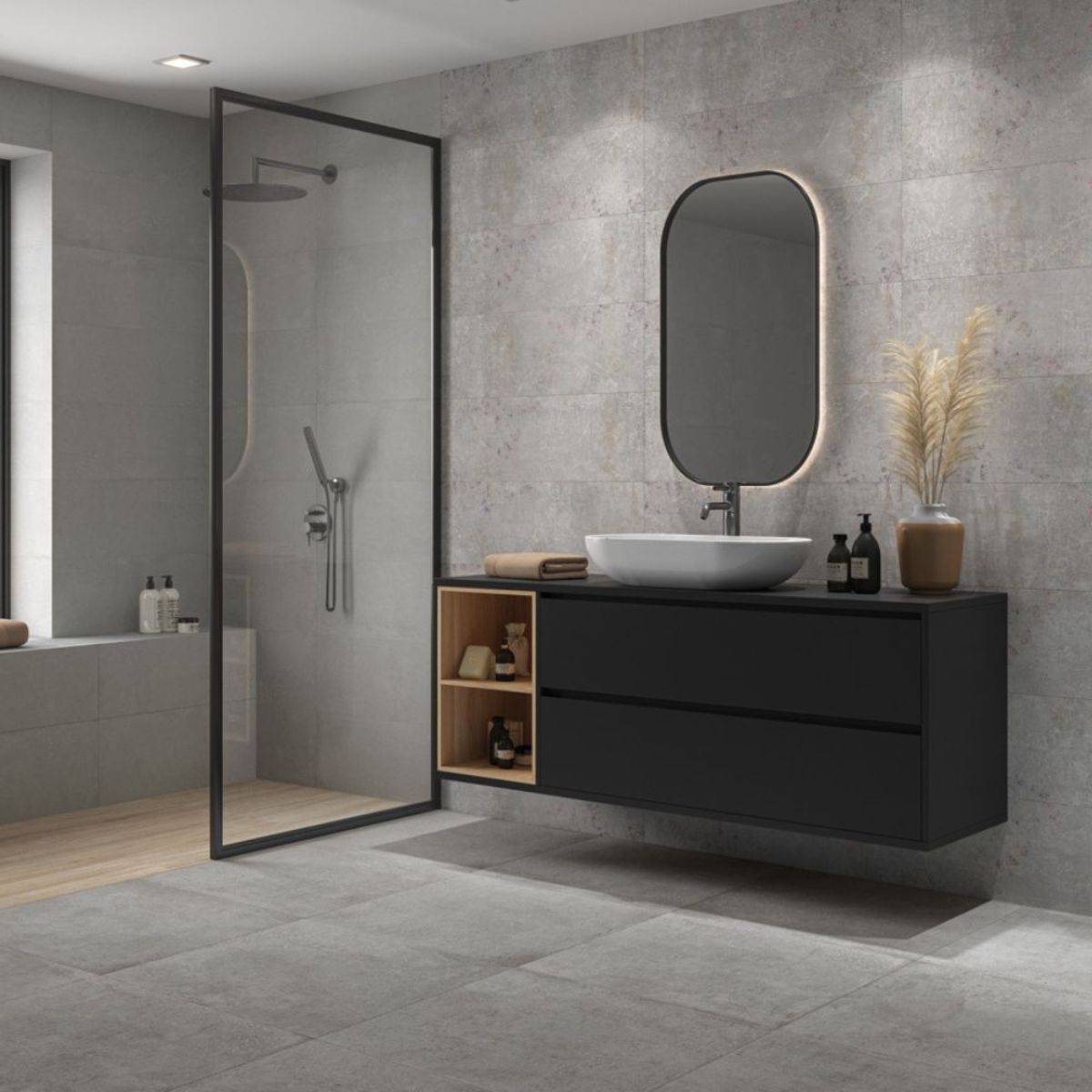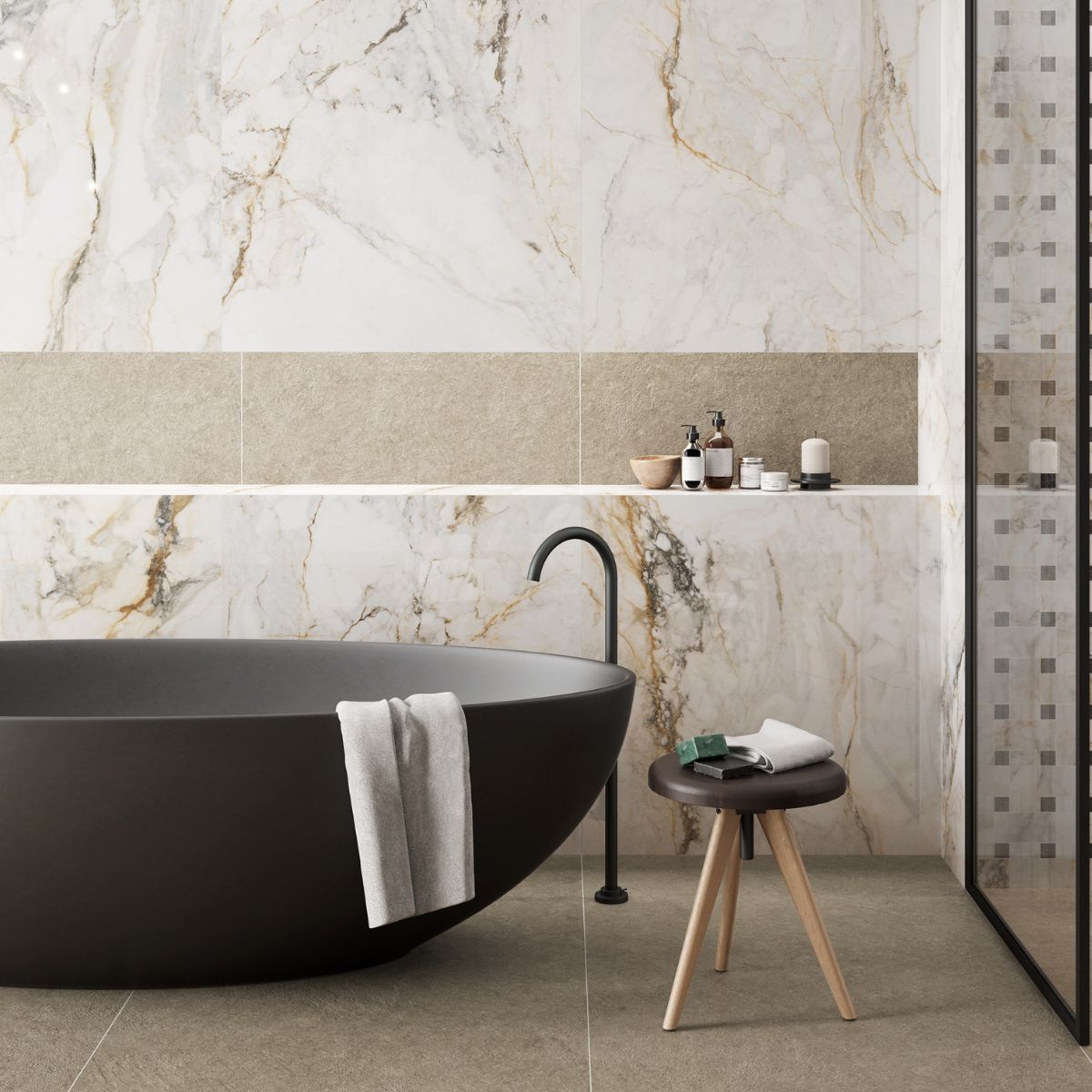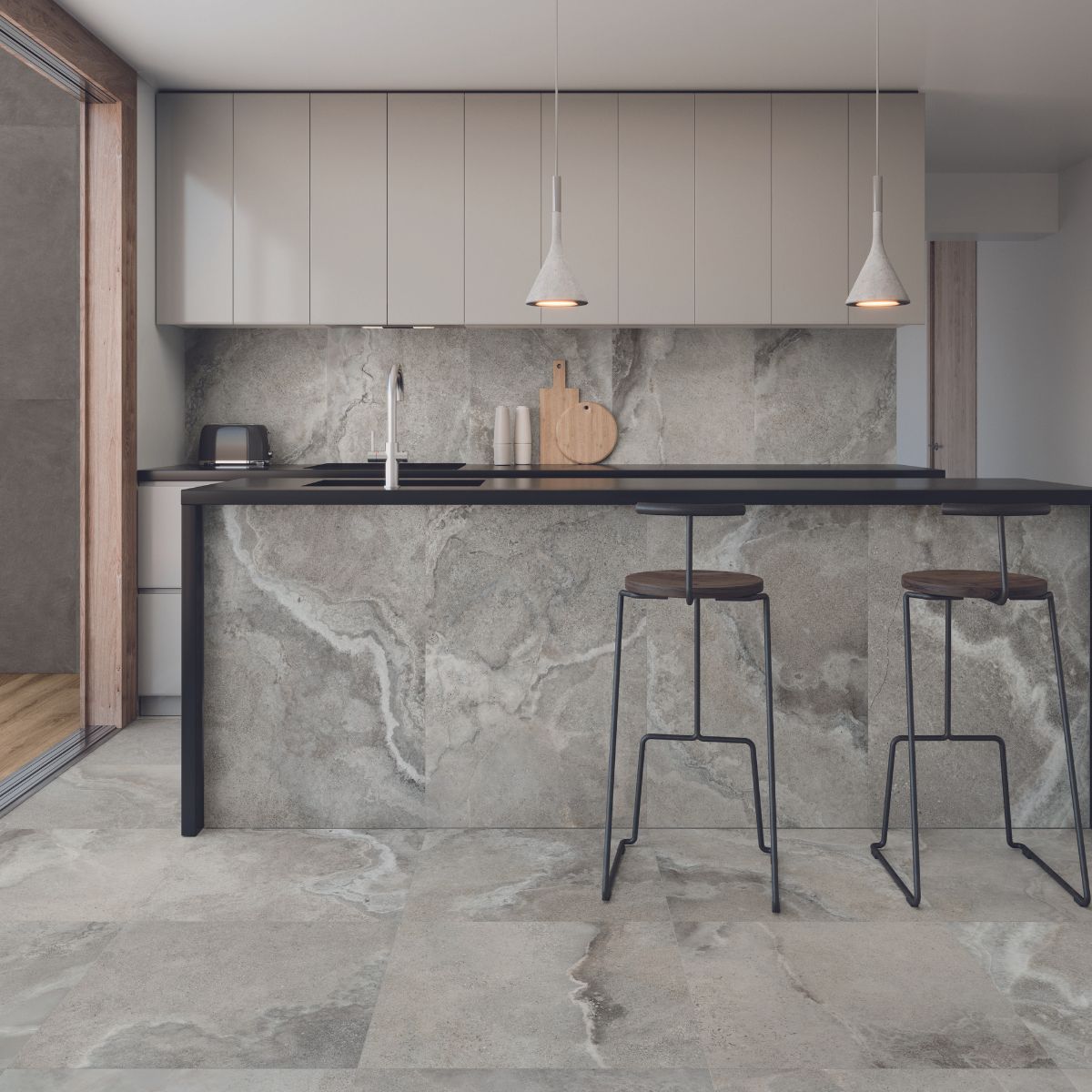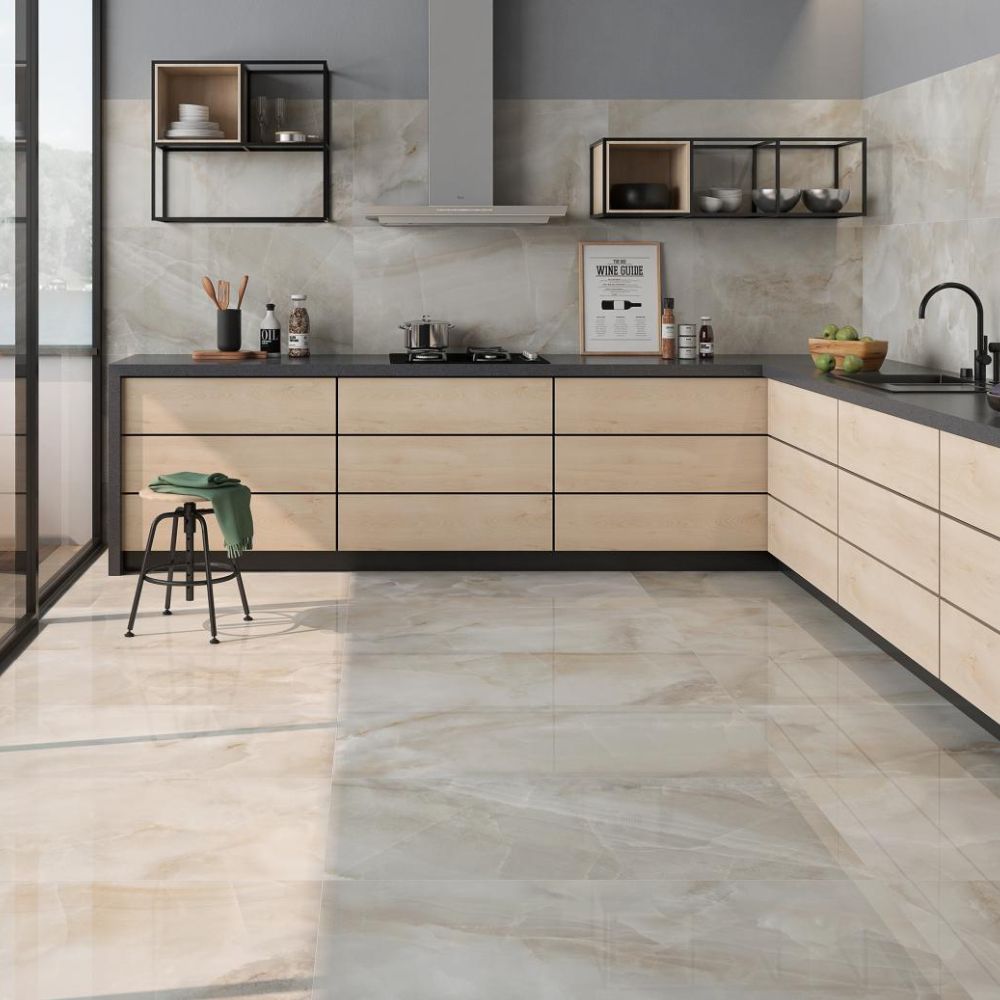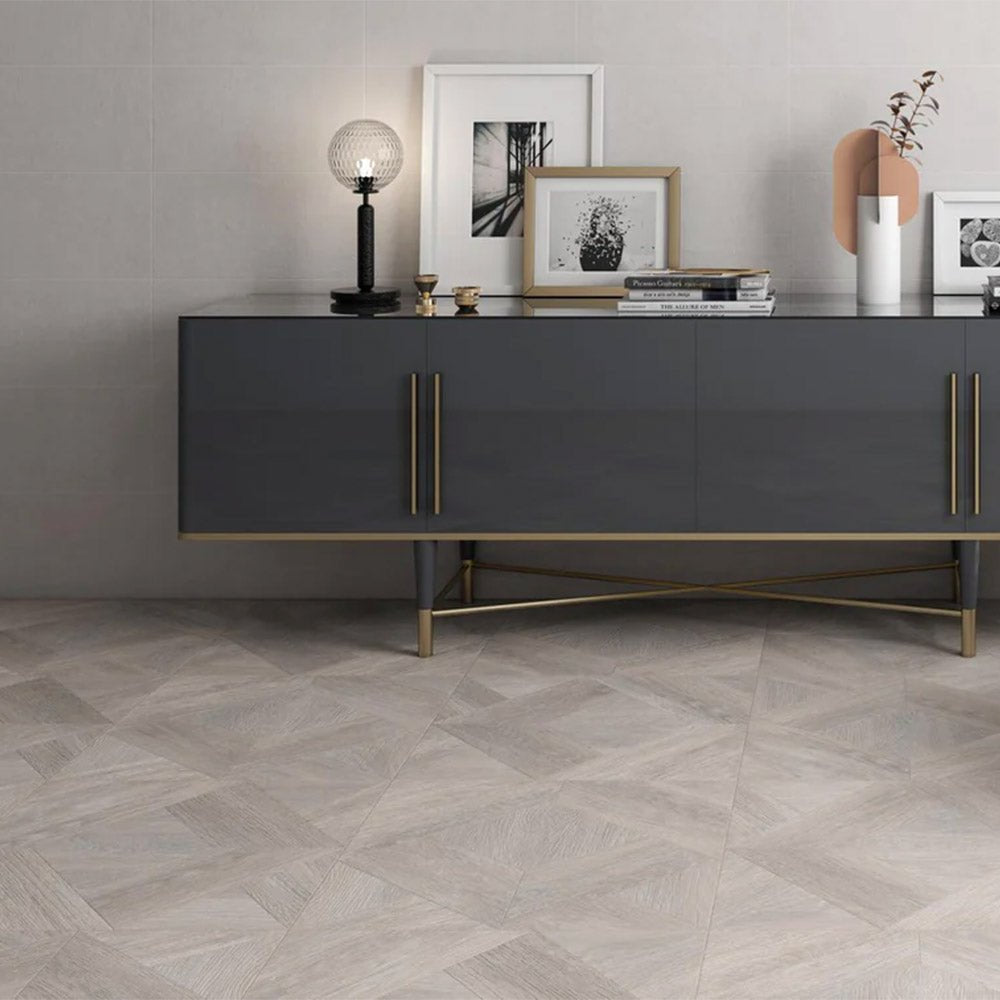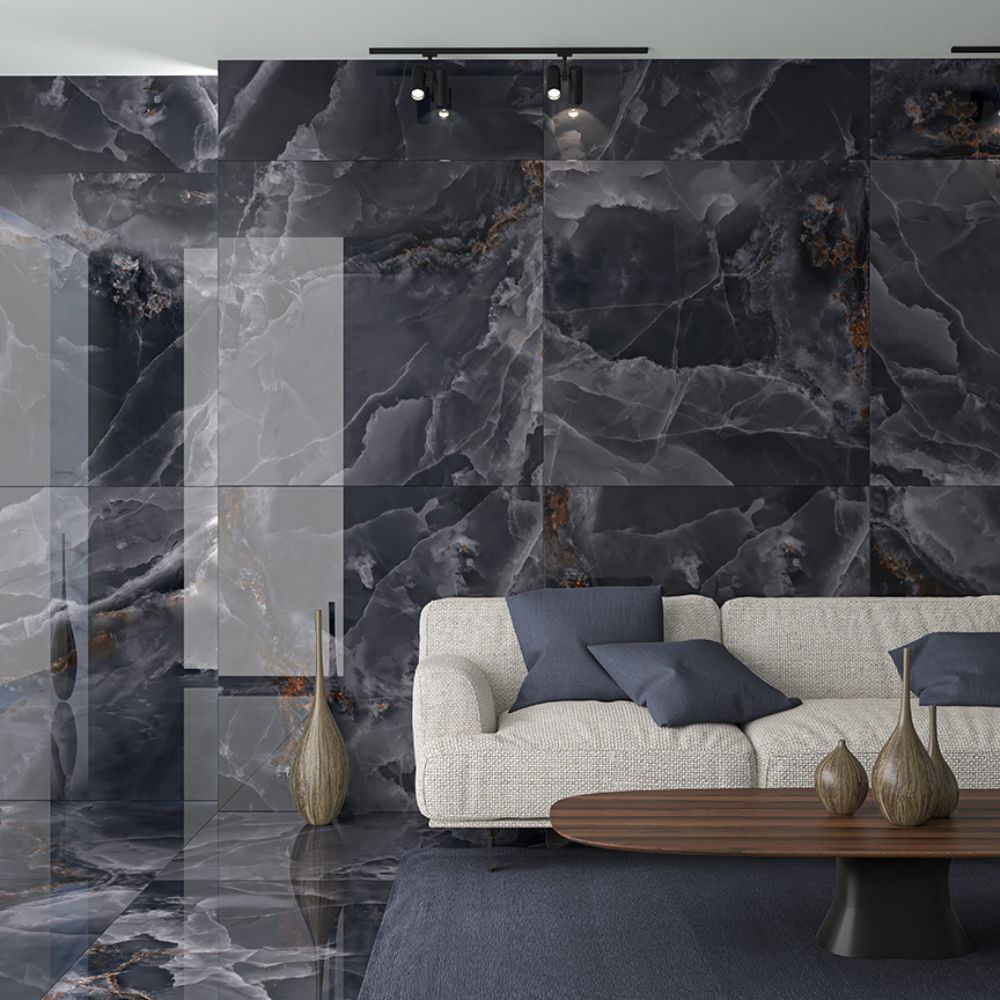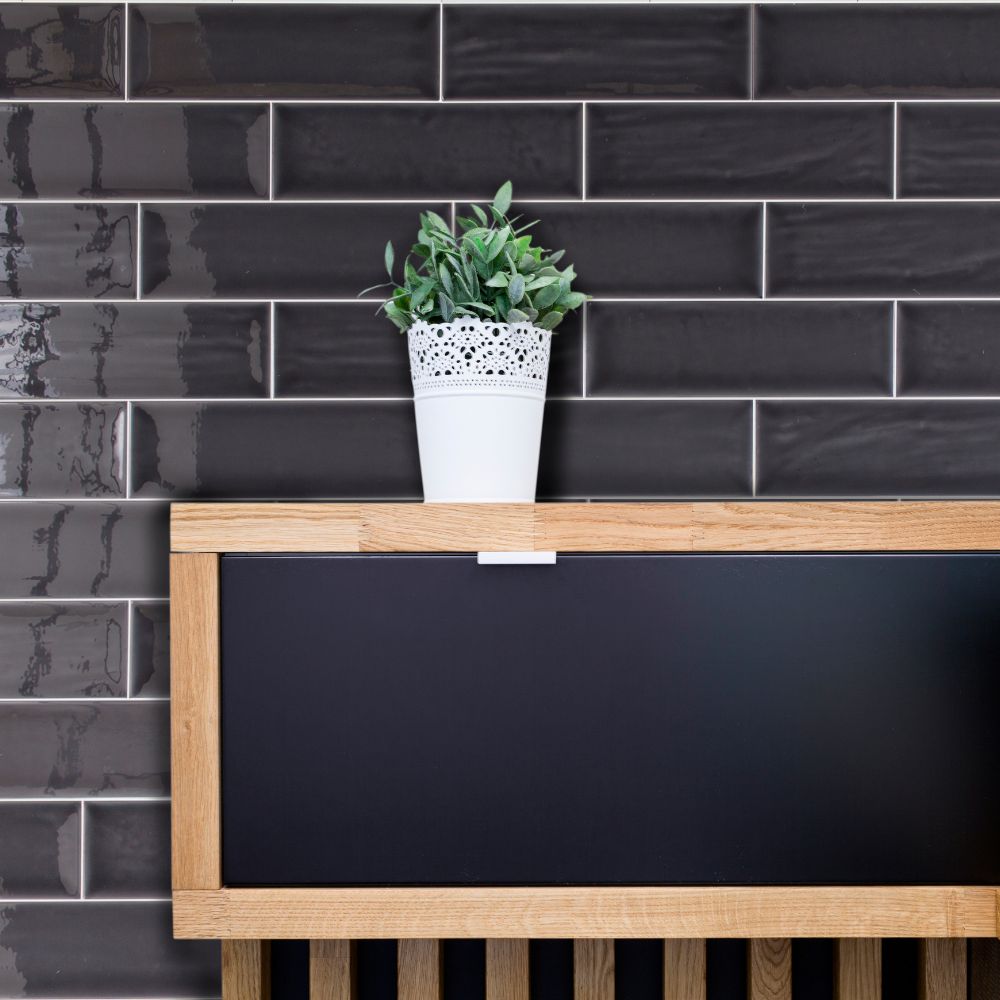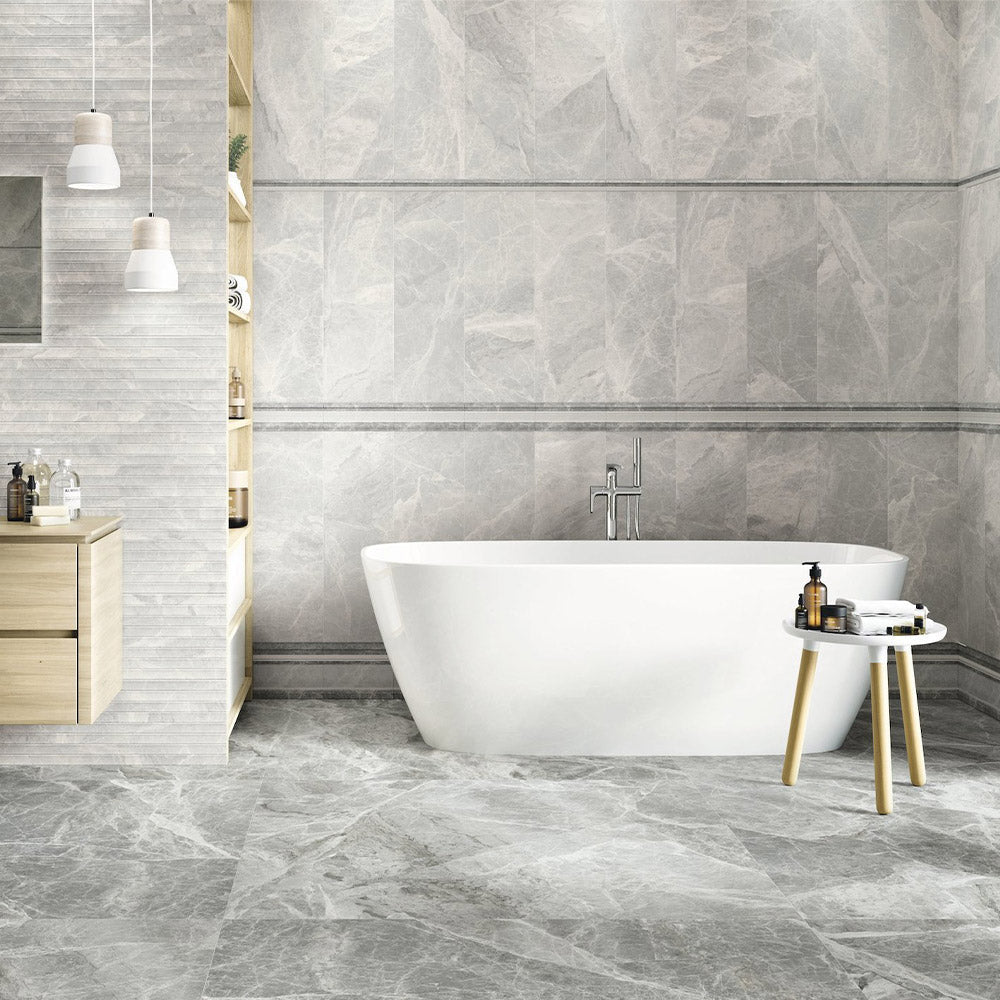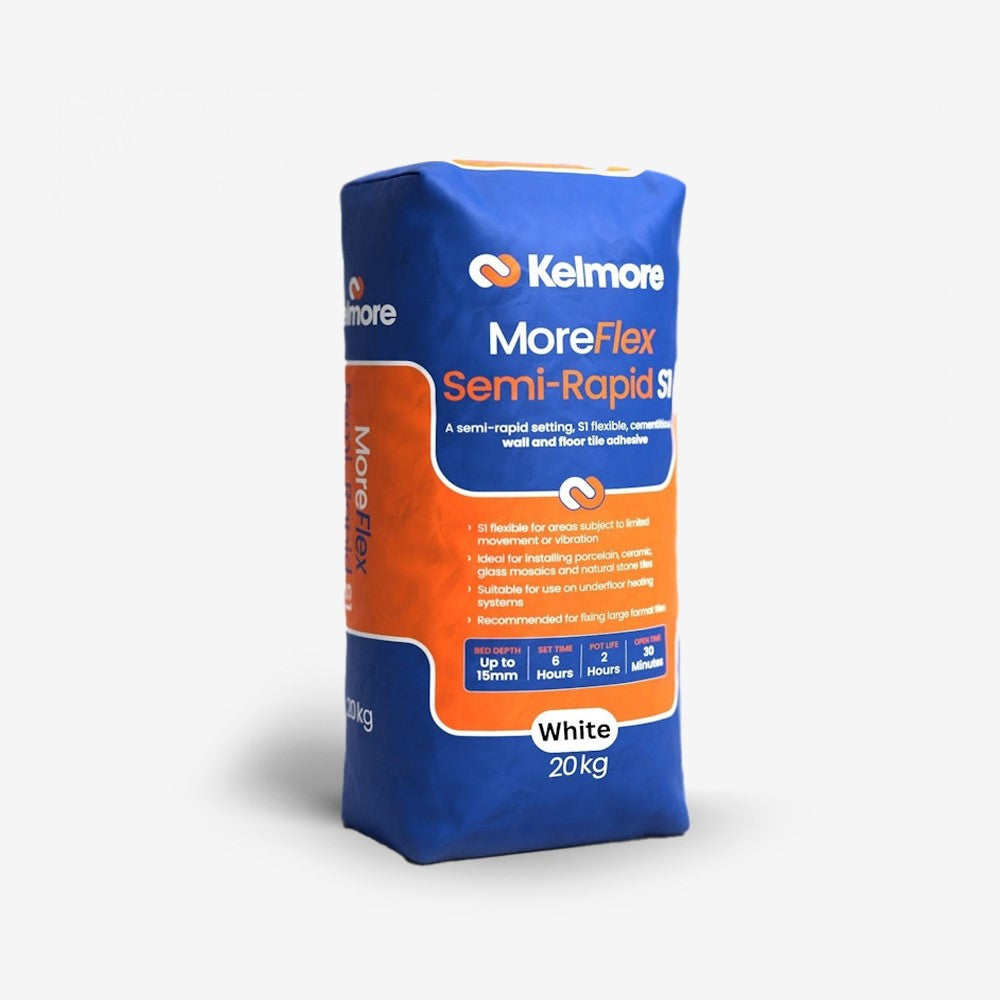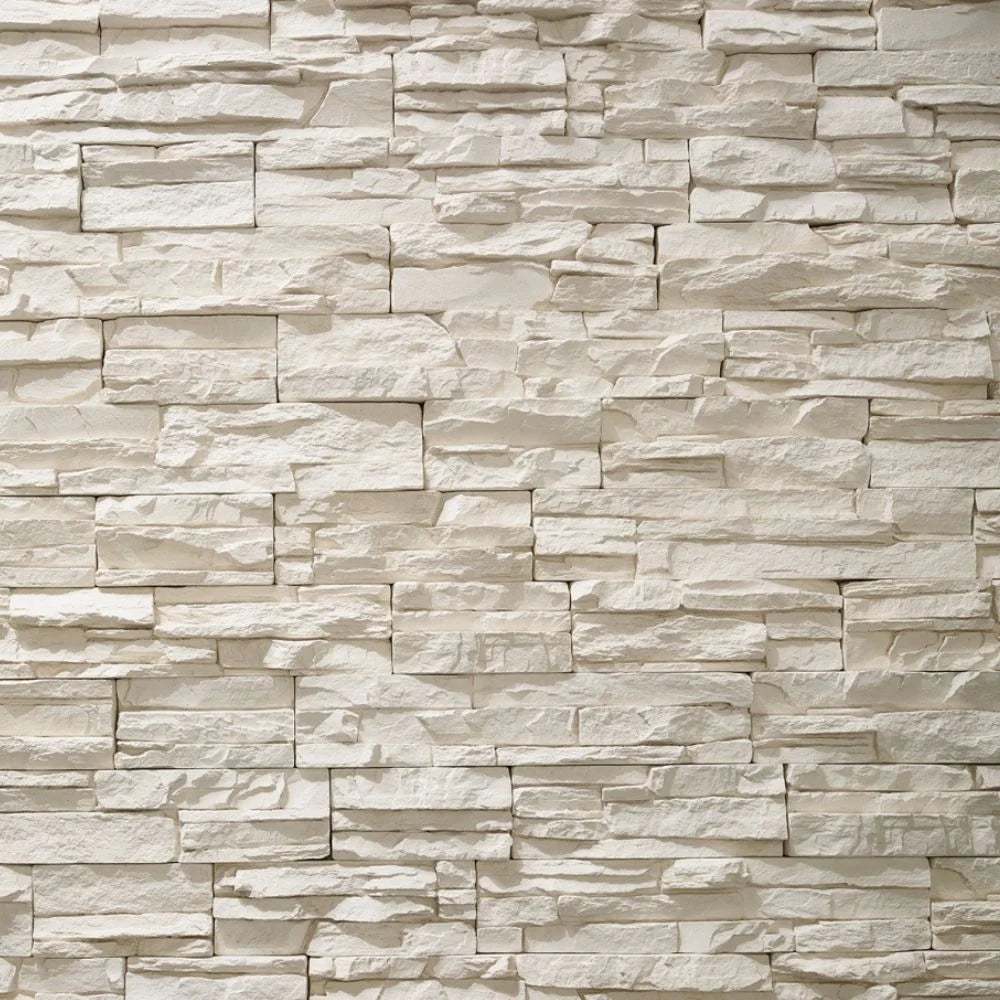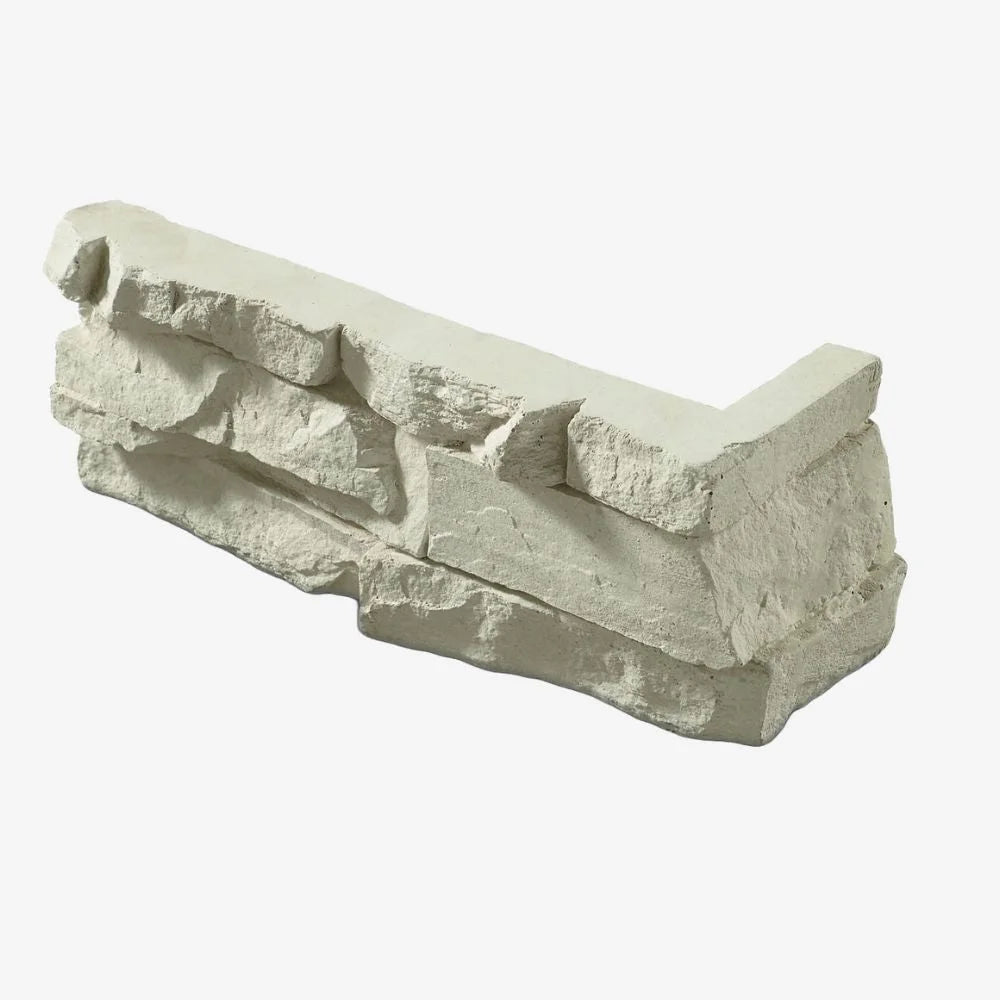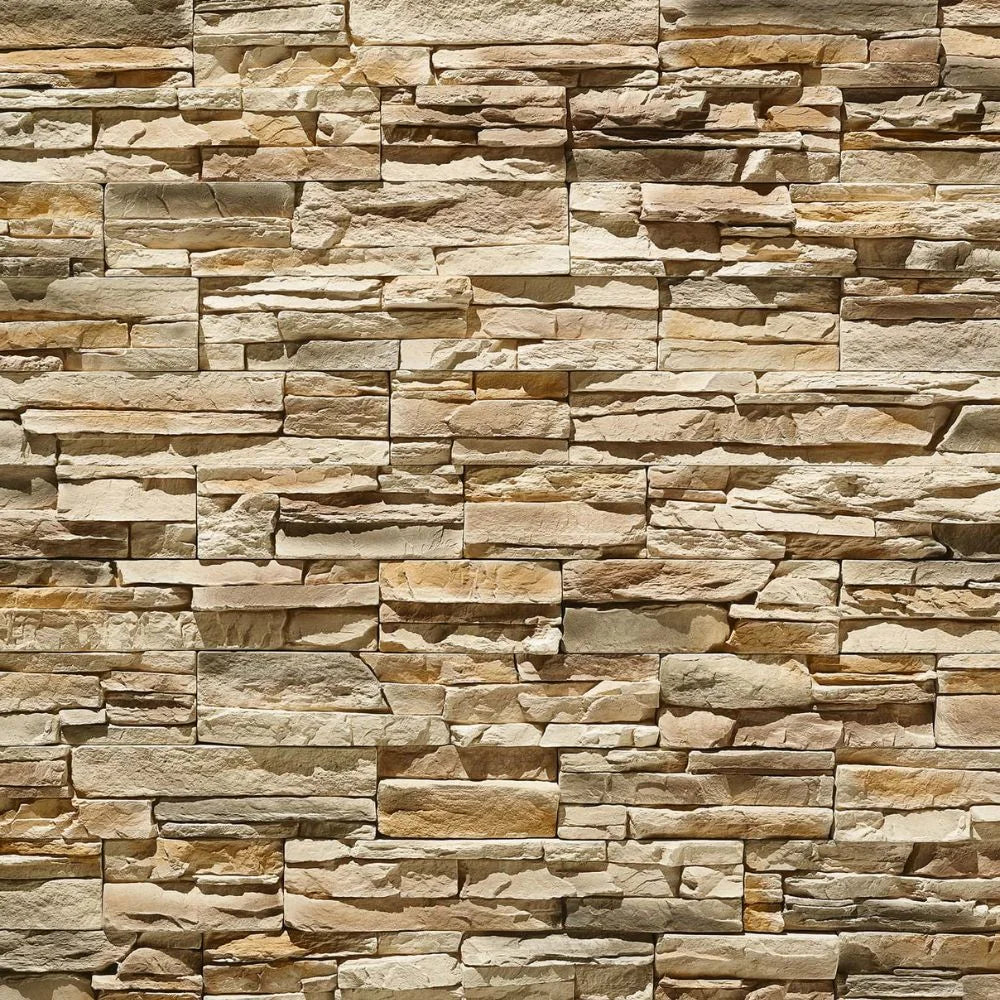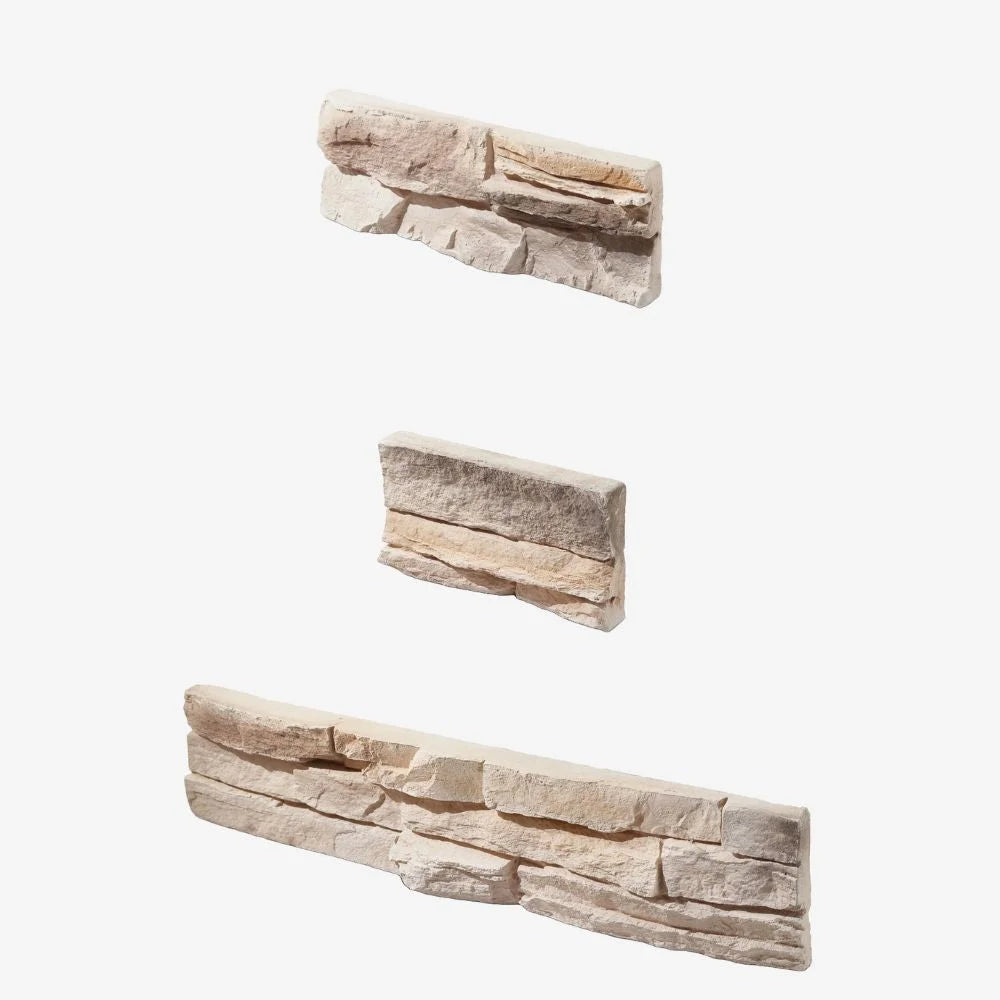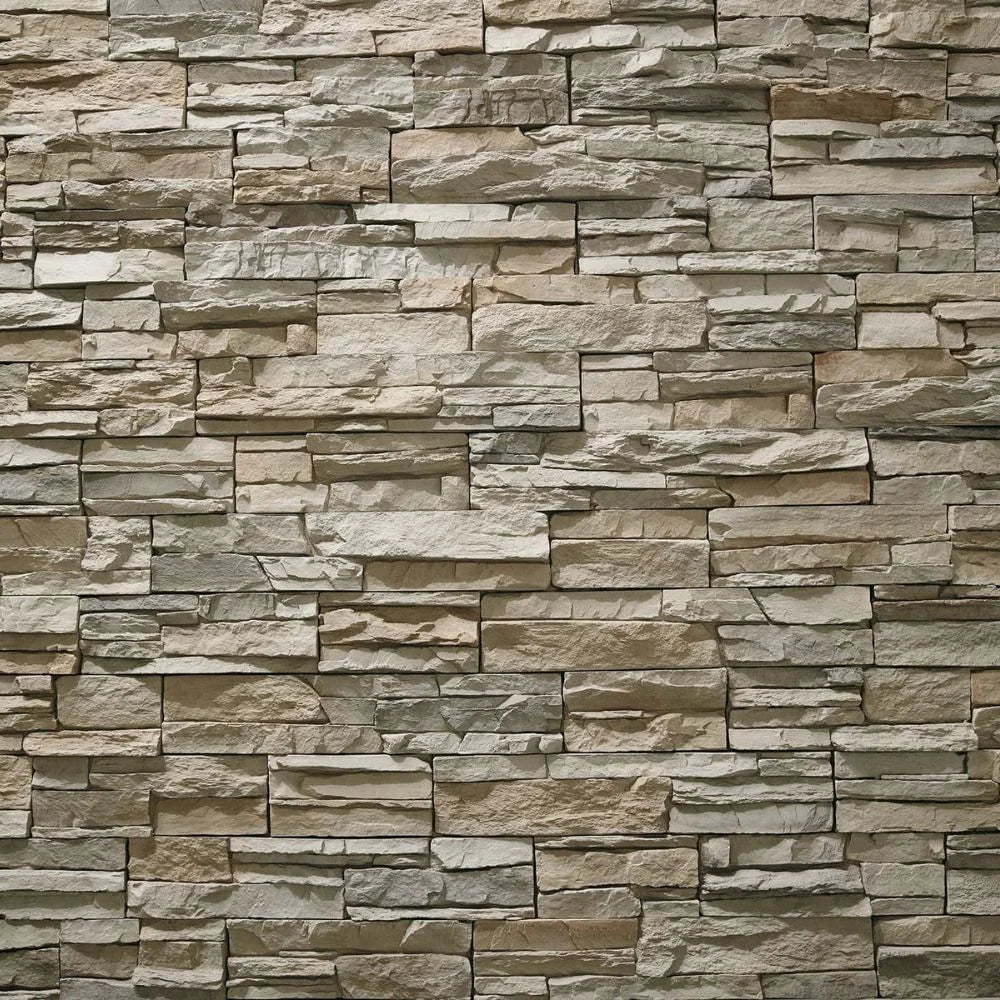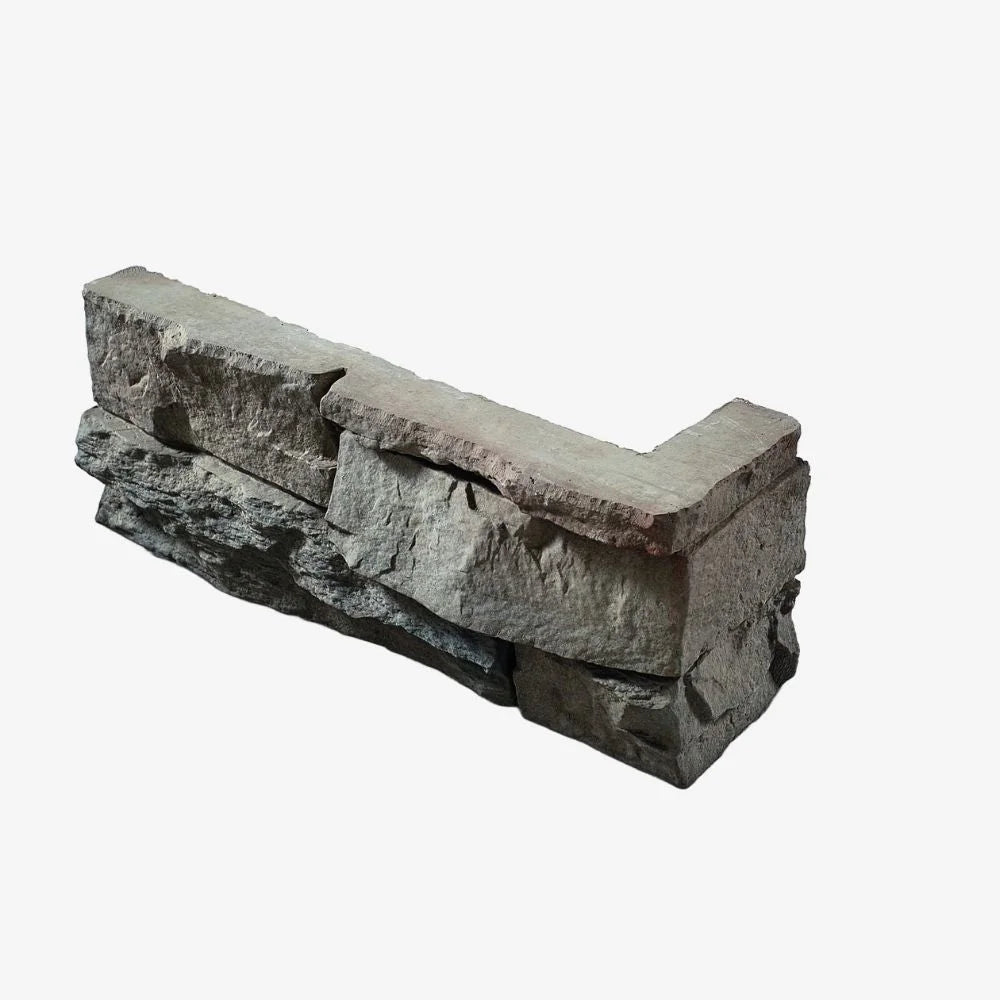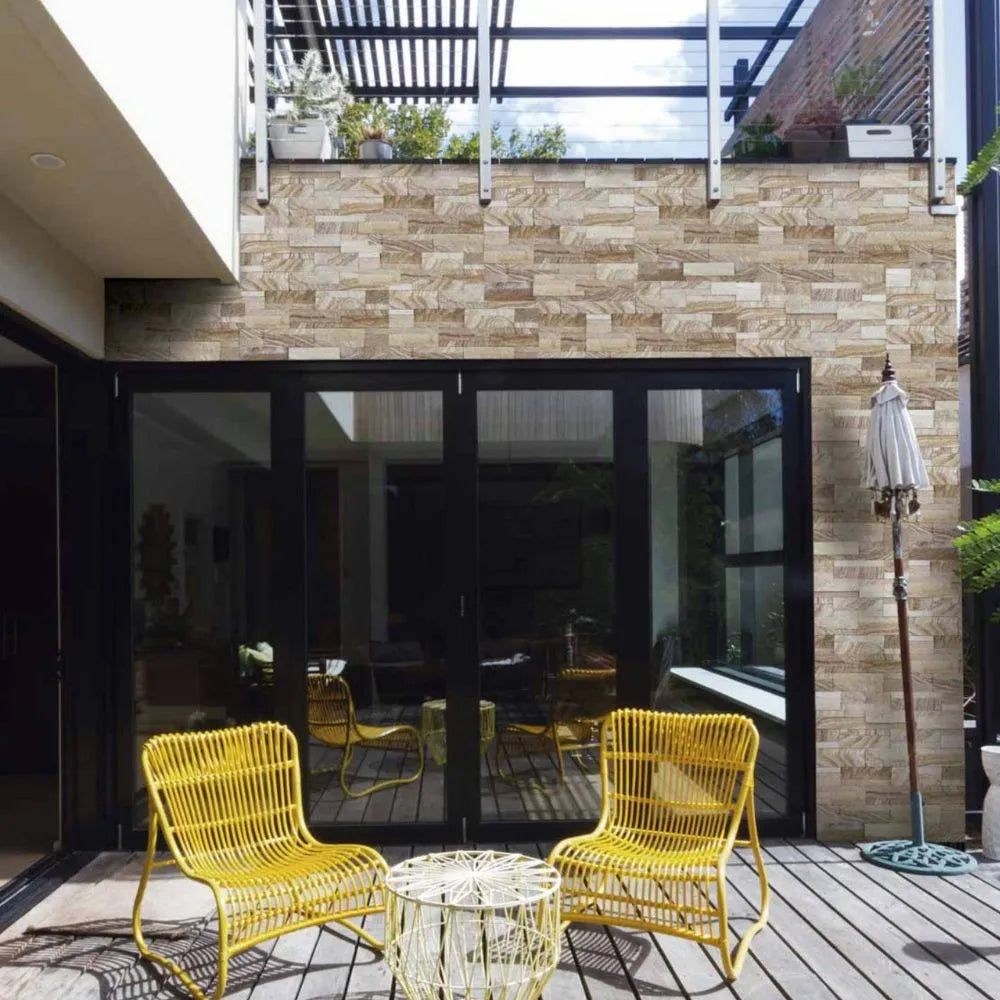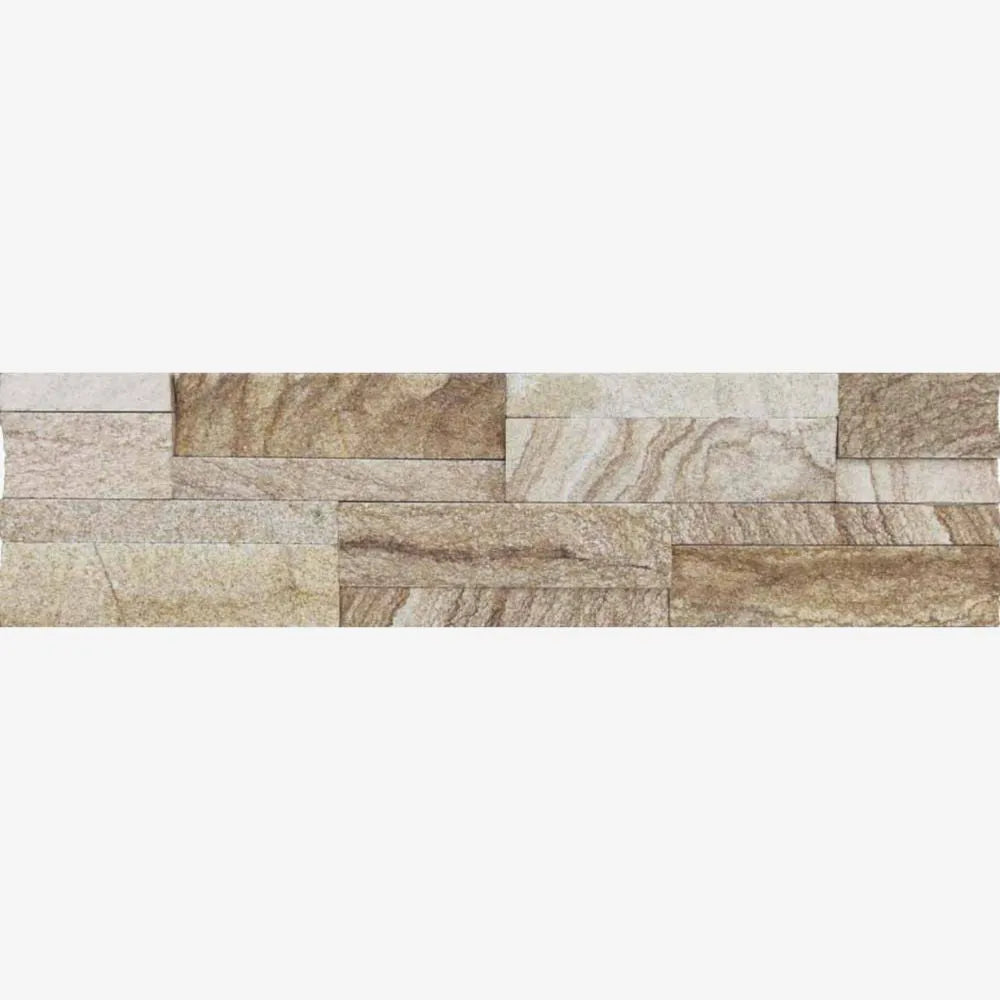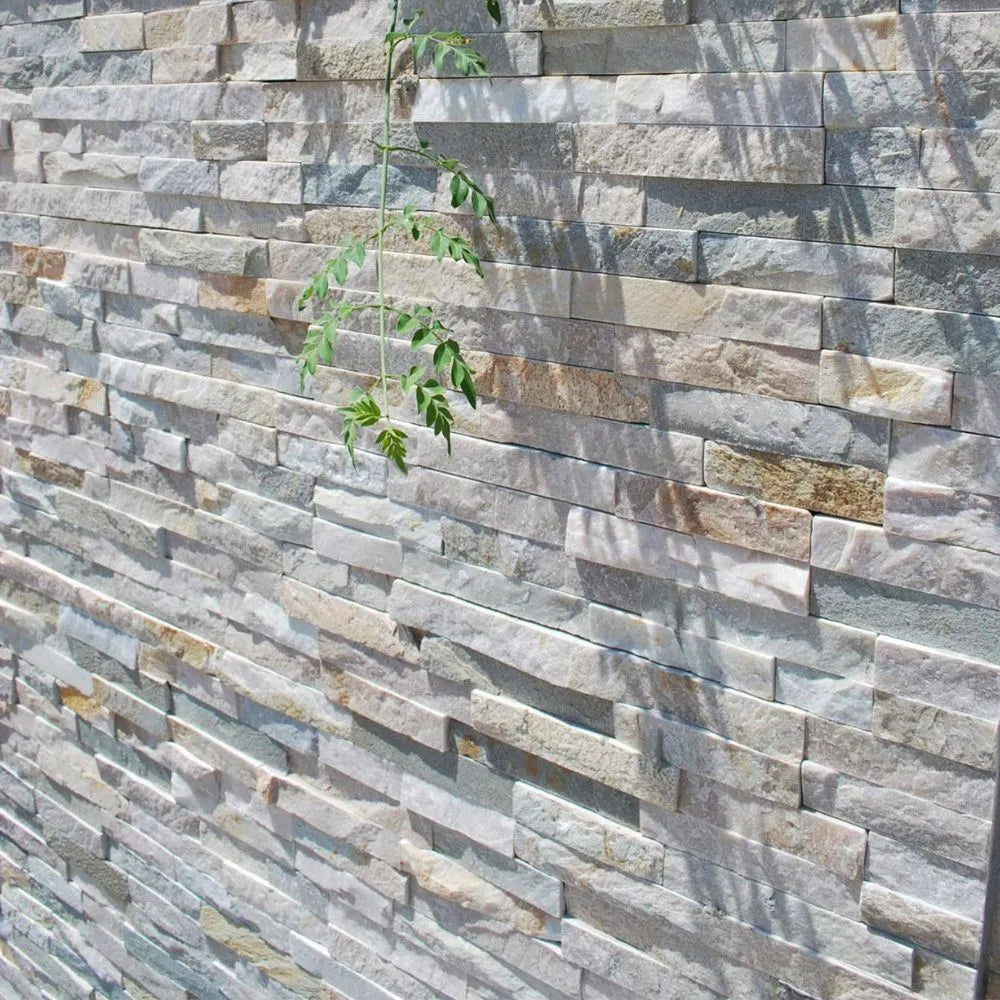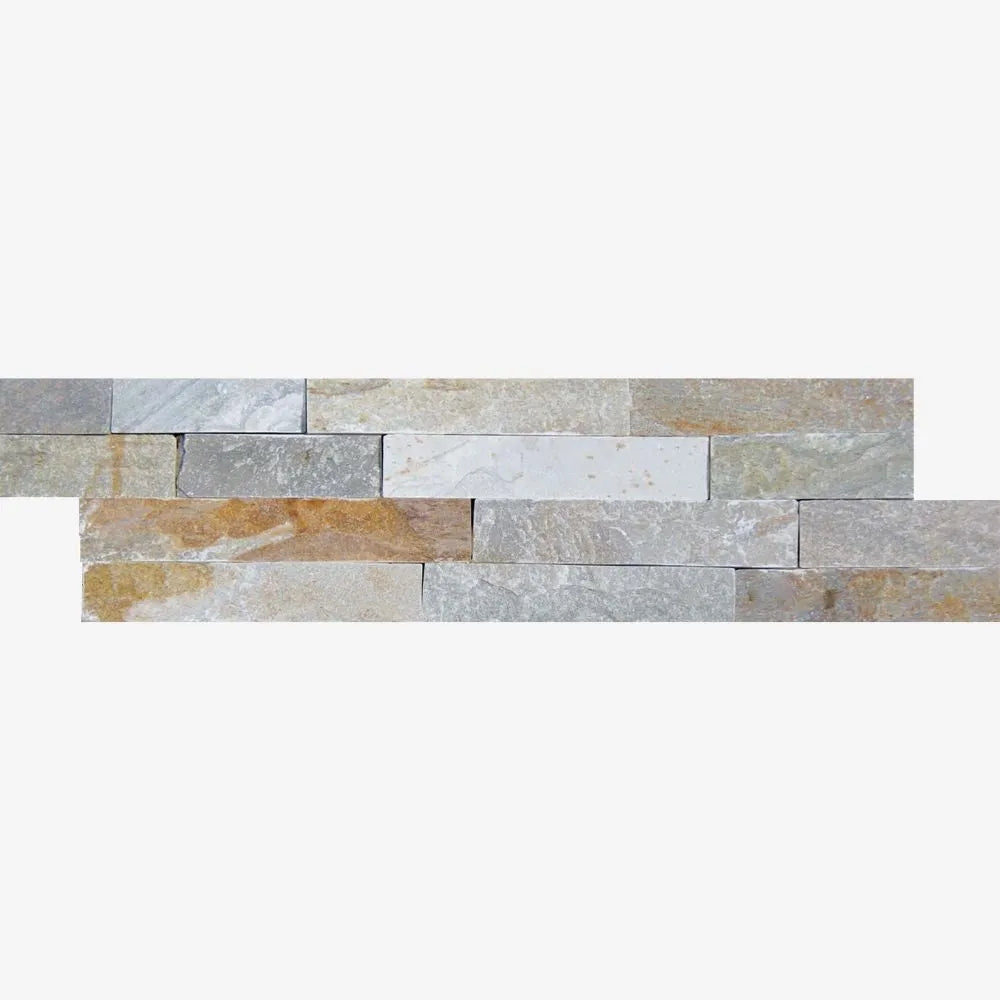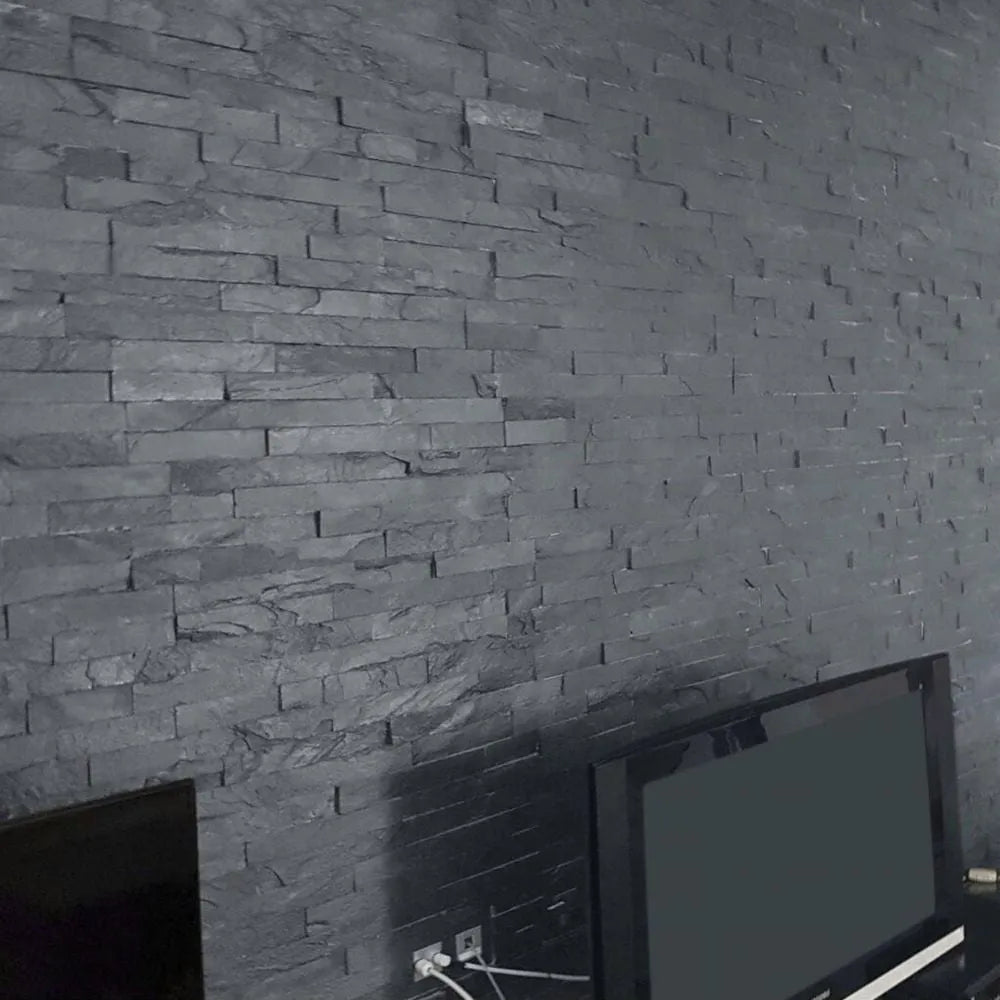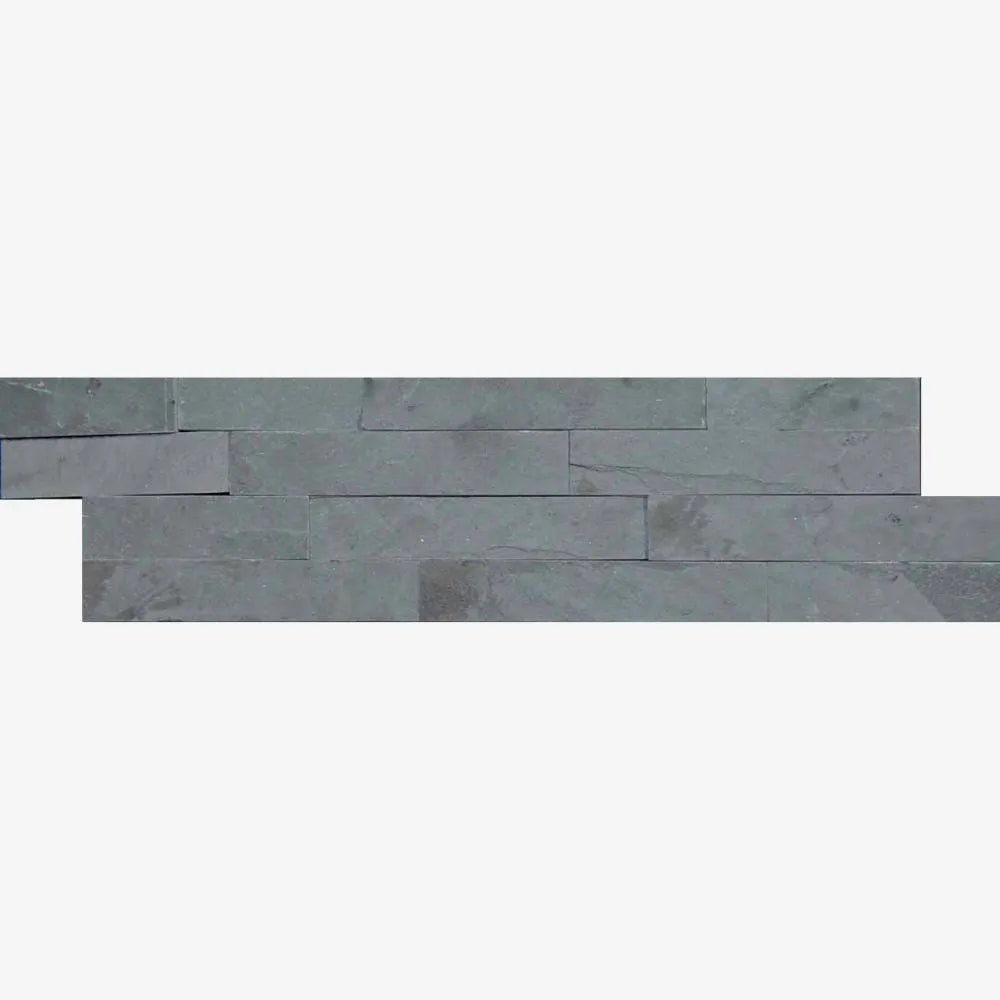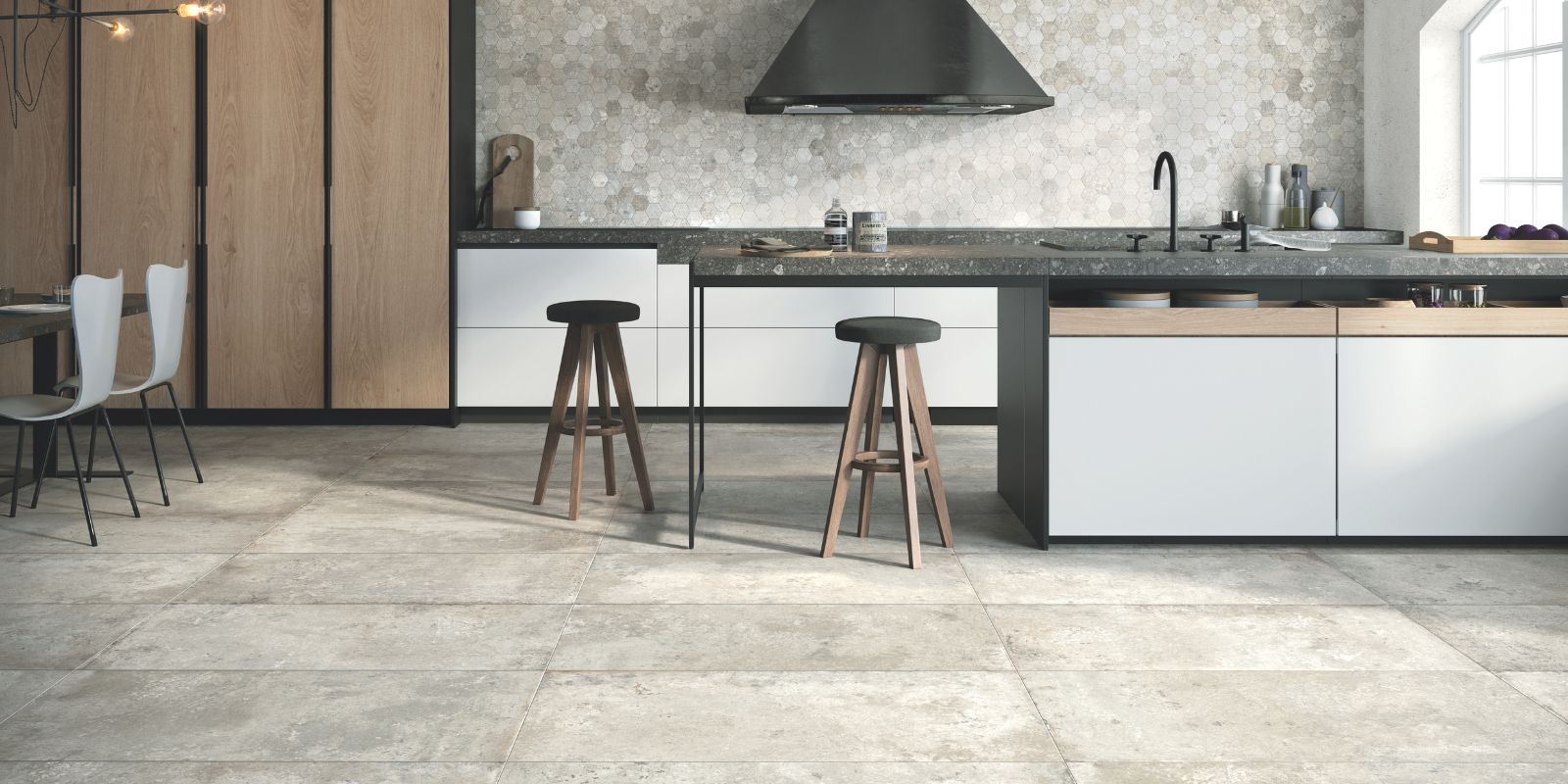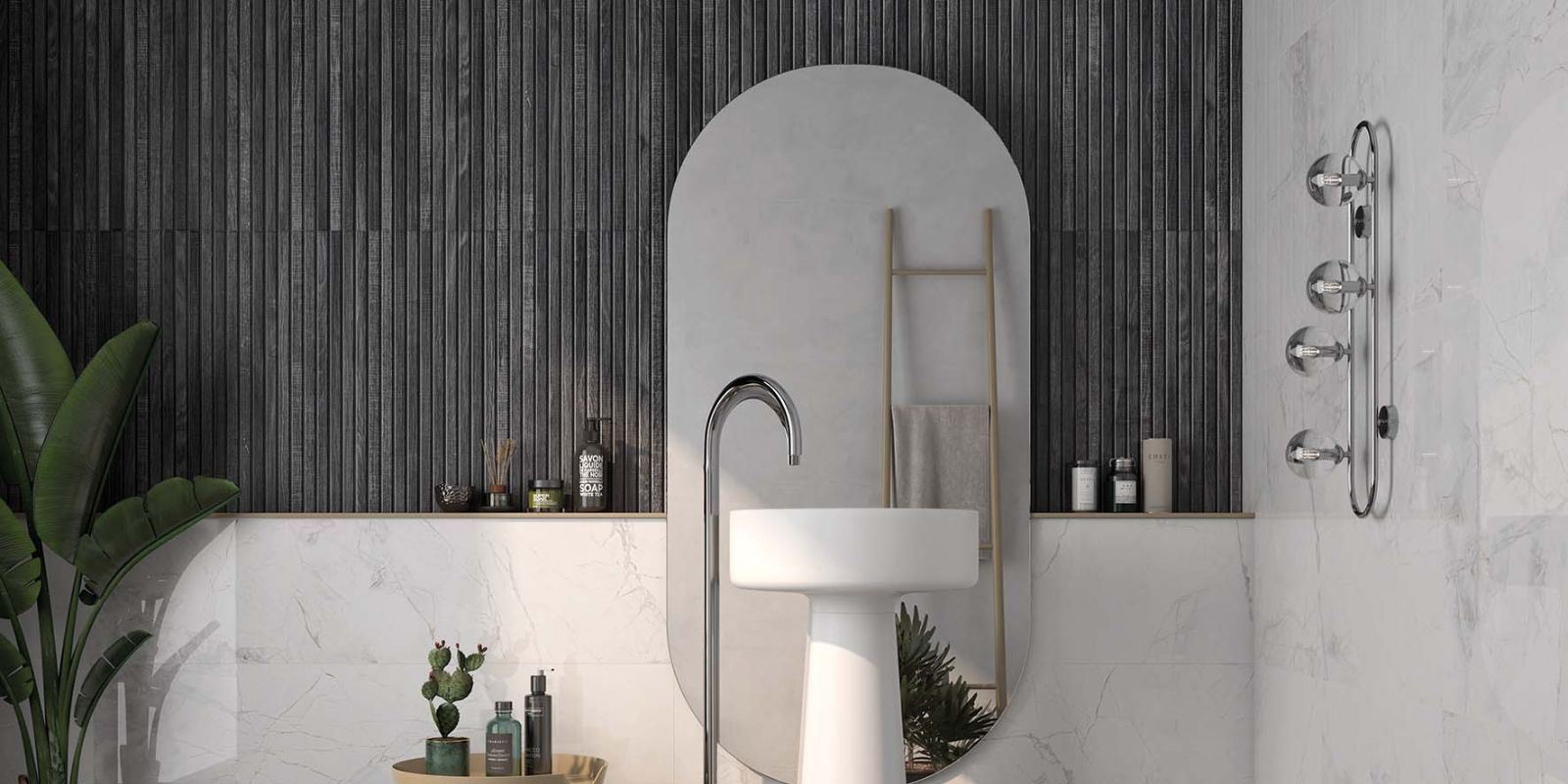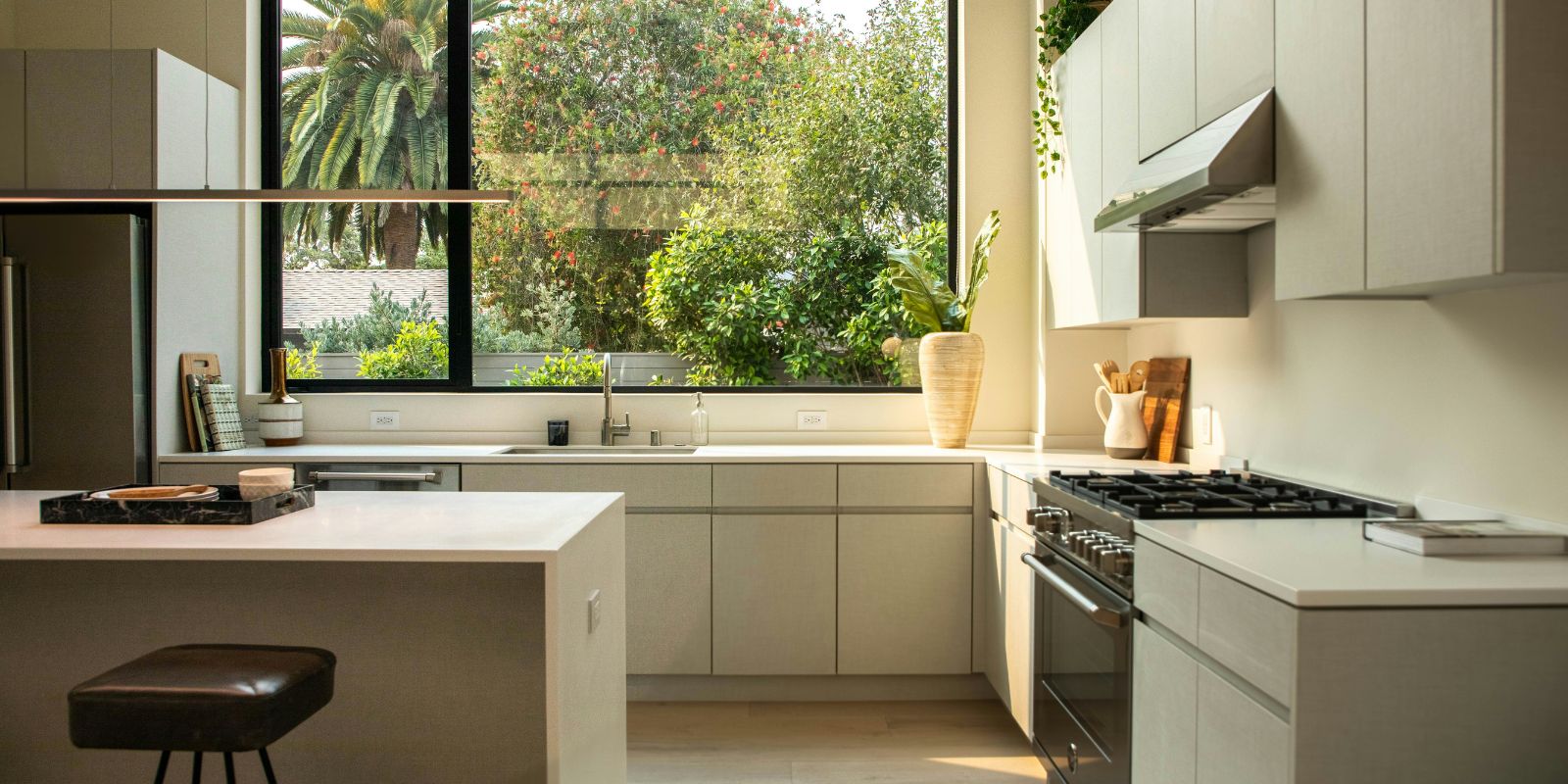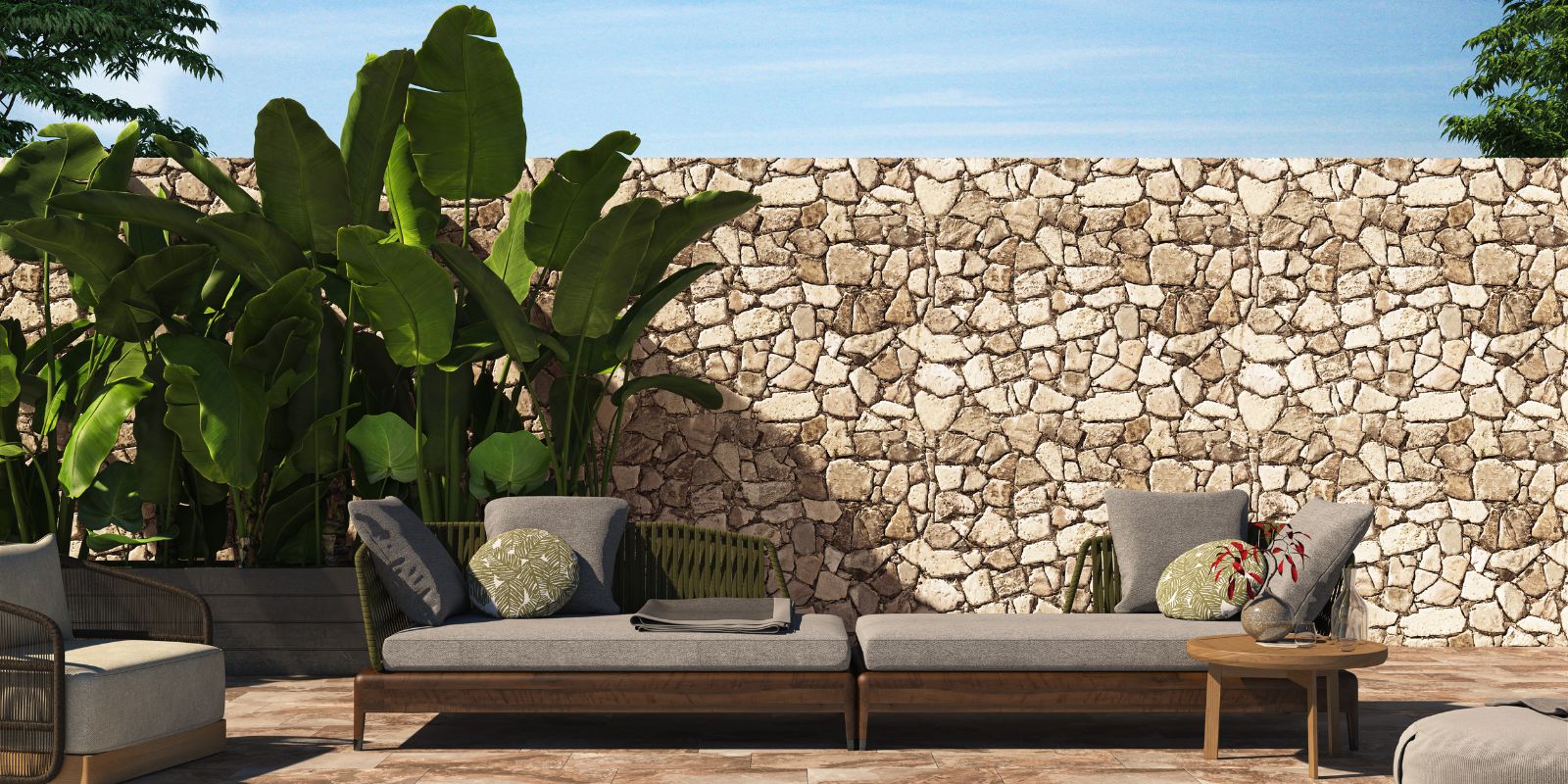
Great Stonework Cladding Solutions for Interior & Exterior Walls
Stonework cladding enhances the look of buildings by adding a natural stone finish. This guide explores what stonework cladding is, its benefits, types, and how to use it effectively in different settings.
Key Takeaways
- Stonework cladding enhances the aesthetic appeal of buildings and provides benefits such as insulation and durability, making it suitable for both indoor and outdoor applications.
- Natural stone cladding comes in various materials and styles, including slate, quartz, granite, and limestone, allowing for versatility in design and seamless integration with architectural themes.
- Proper installation and maintenance of stonework cladding are essential for achieving durability and visual appeal, with minimal upkeep required compared to other materials.
Understanding Stonework Cladding
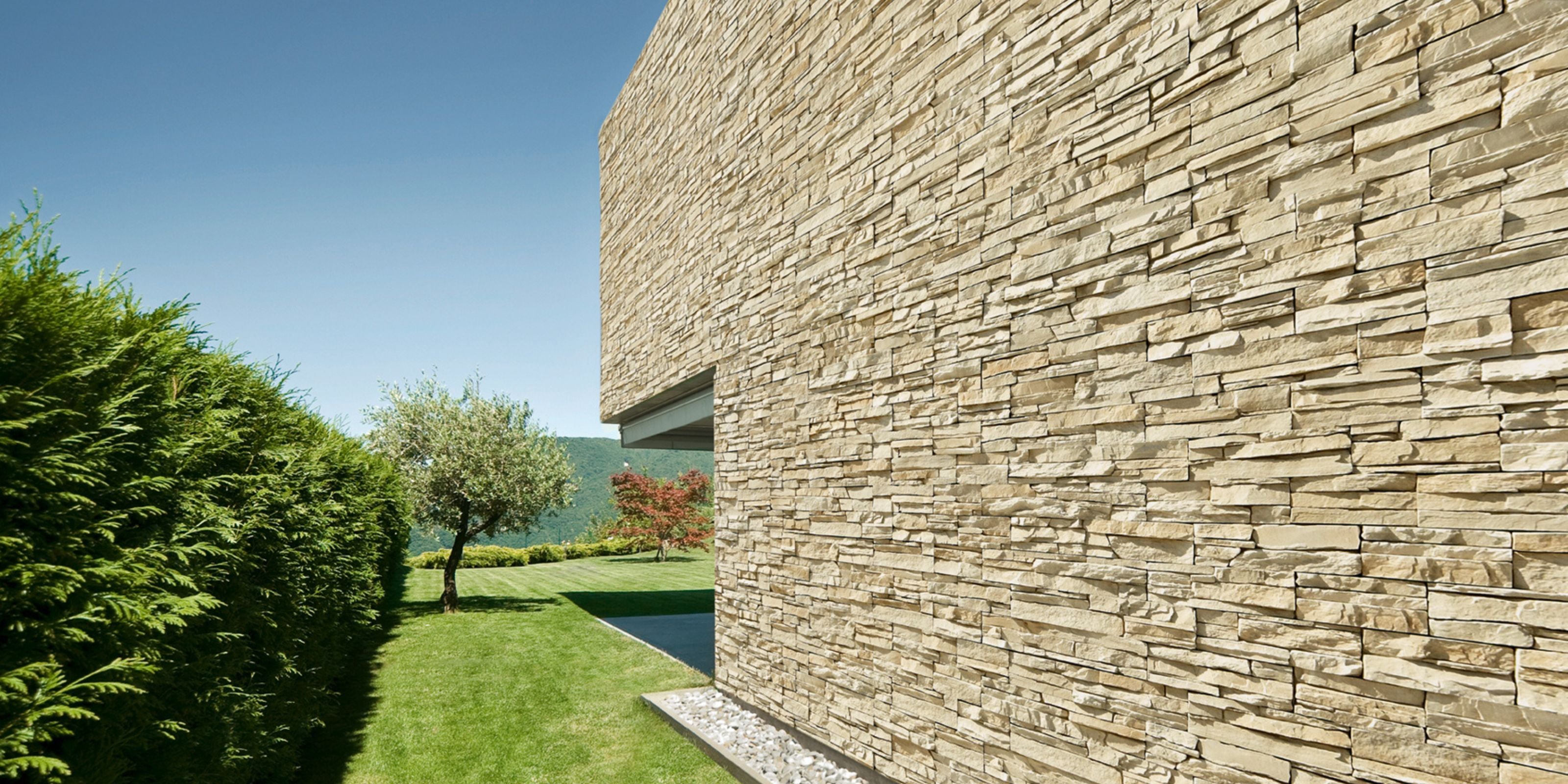
Stonework cladding transforms ordinary walls into extraordinary features, adding a stunning natural appearance without the need for the specialist installation of stone walls. From enhancing the aesthetic appeal of buildings to providing additional insulation, stone cladding offers numerous benefits.
We will explore many different types of natural stone cladding, stone panels and stone slips, and split face tiles, as well as stone effect floor tiles, each offering unique characteristics and applications.
Types of Natural Stone Cladding
Natural stone cladding encompasses a variety of materials such as slate, quartz, granite, limestone, and sandstone. Limestone cladding, for example, provides a superior natural stone finish and is available in styles like ashlar and random stone cladding.
Sandstone cladding comes in an array of colors, including:
- Buff
- Red
- Brown
- Grey
Slate and quartz options, like Blue Black Slate and Galaxy Quartz, offer dark, elegant shades.
The aesthetic versatility of natural stone cladding allows it to blend seamlessly with various architectural styles, enhancing both indoor and outdoor spaces.
Stone Panels and Slips
Stone panels are designed for a seamless finish and quick installation due to their modular nature. Thin stone veneer sheets, typically 2-3 mm in thickness, are perfect for curved surfaces, providing a decorative touch.
The variety of colours available, from light sandstones and limestones to deep grey basalts, ensures a match for any design palette. These panels and slips are suitable for both internal and external applications, making them a versatile choice for various projects.
Split Face Tiles
Split face tiles are renowned for their distinctive textured surfaces that reflect the natural variations in stone. Shack Grey porcelain wall tiles, for instance, mimic the look of natural split face tiles, offering diverse styles. These economical split face tiles are easy to install and can create visually striking features in both interior and exterior spaces, especially when using split face stone.
These interlocking tiles are adaptable to a wide range of projects, enhancing the aesthetic value of any area they adorn. If you need assistance with your project, our team is here to help.
Key Features of Stonework Cladding
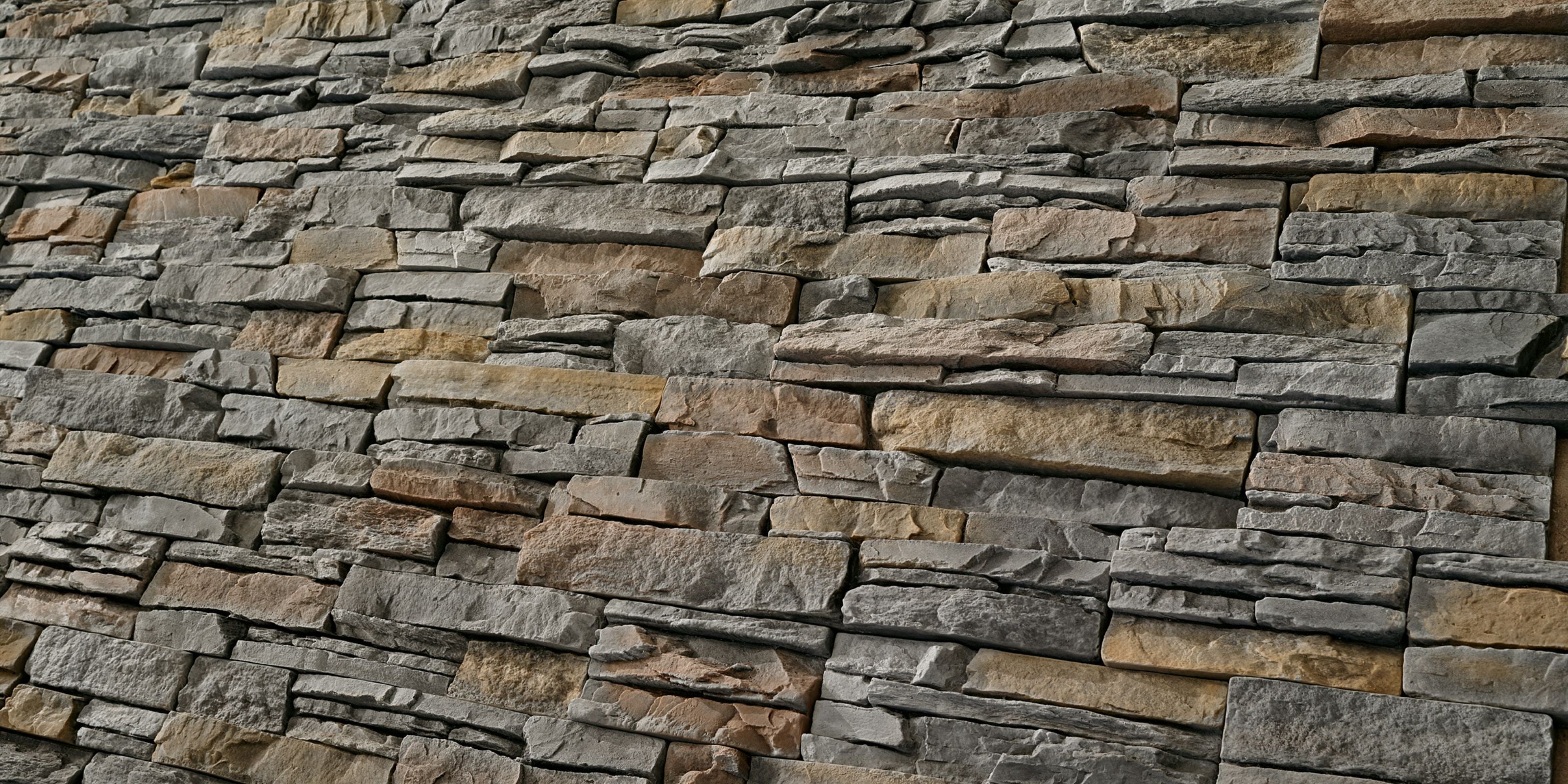
Stonework cladding is celebrated for its numerous key features, making it a popular choice for residential and commercial projects alike. Its durability and elegance enhance the aesthetic appeal of buildings. Moreover, stone cladding contributes to the structural integrity of buildings while balancing aesthetic and functional considerations.
We’ll explore the durability and longevity, aesthetic versatility, and minimal maintenance of stonework cladding.
Durability and Longevity
Stone cladding blends natural beauty with functional benefits, making it a favored choice. In commercial applications, it offers:
- Resistance to heavy usage and environmental factors
- Excellent thermal insulation and energy efficiency
- Natural fire-resistant properties that contribute to the safety of commercial buildings.
The durability of stone cladding makes it suitable for both indoor and outdoor applications, ensuring long-term performance.
Aesthetic Versatility
Natural stone cladding offers a unique and rustic aesthetic, showcasing a timeless appearance. Its enduring visual appeal provides a sophisticated look that enhances both interiors and exteriors. The natural and authentic feel of stone cladding can vary due to the unique veins and textures present in each stone type, including real stone cladding.
The extensive range of colors, patterns, and finishes available allows homeowners to align the style of stone cladding with their overall design, from rustic to modern. Mixing materials like wood or glass with stone cladding can further enhance the design aesthetic.
Minimal Maintenance
Stone cladding is known for its minimal maintenance requirements, making it an economical choice for property owners. Maintenance is straightforward, requiring only occasional cleaning to keep it looking pristine.
Compared to materials like wood, natural stone requires significantly less upkeep, making it a cost-effective choice over time.
Installation Process of Stonework Cladding
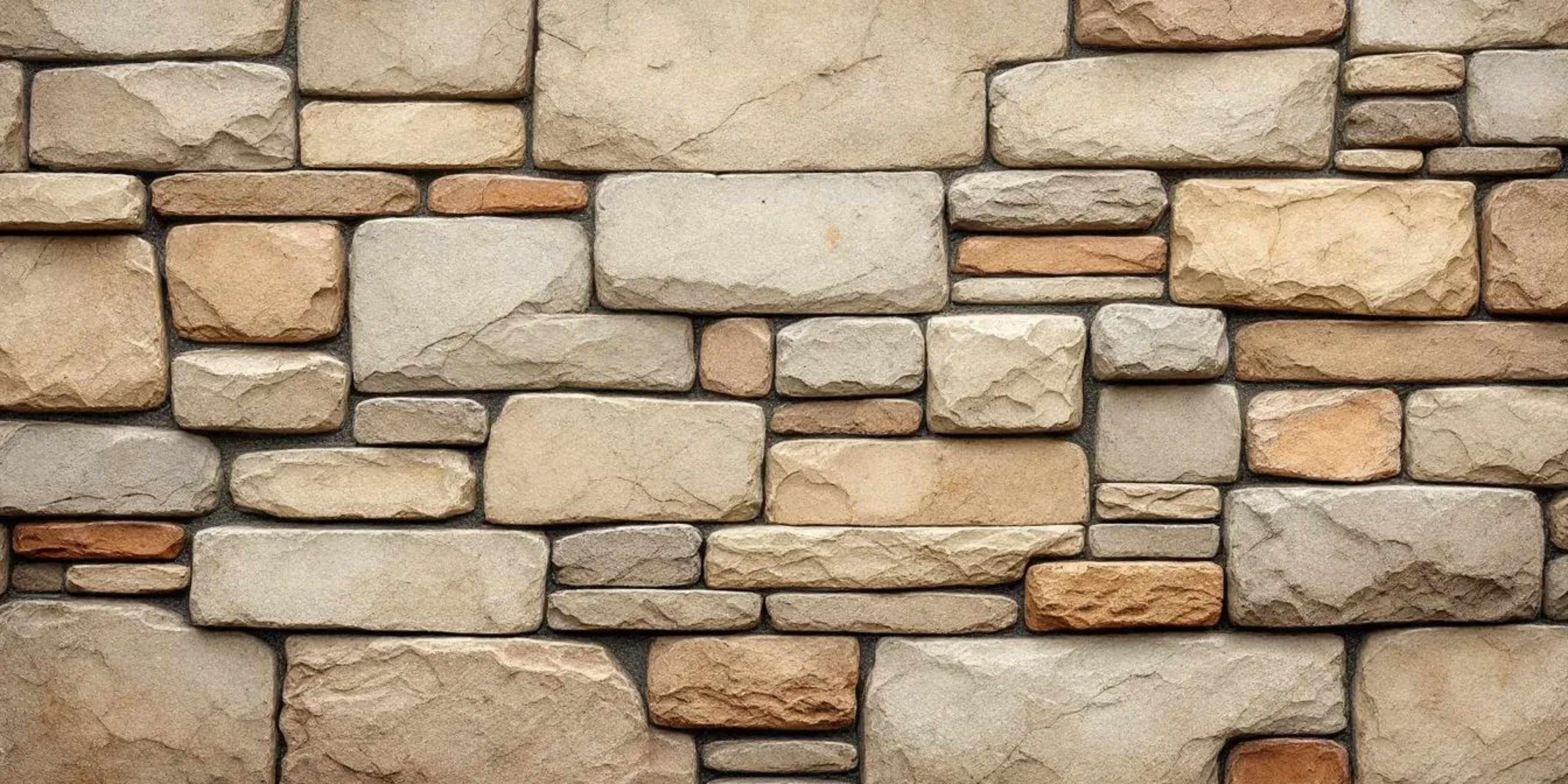
The installation process of stonework cladding involves several critical steps to ensure a successful and aesthetically pleasing outcome. Proper preparation, the correct application of adhesive, and finishing touches are essential for enhancing the durability and appearance of stone cladding.
Here’s a step-by-step guide to the installation process.
Preparation and Tools
Preparation is crucial for successful installation for self builders. Essential tools include a notched spatula, spirit level, and rubber hammer. Lightweight panels are recommended for DIY projects due to their ease of installation.
The initial step is to ensure the wall surface is level and clean.
Applying Adhesive and Setting Stones
Applying adhesive uniformly to the back of the perfect stone ensures optimal bonding. Even application guarantees that all surfaces make contact for stability.
Using a spirit level during the stone setting process helps maintain consistent alignment. Addressing loose stones promptly by reapplying adhesive can prevent larger issues from developing.
Finishing Touches
Finishing touches are vital for achieving a seamless look in stonework cladding installations. Gently removing excess adhesive with an unsaturated wet sponge ensures a clean, polished finished face.
This step is essential to achieving a visually appealing and desired aesthetic appearance.
Popular Applications of Stonework Cladding
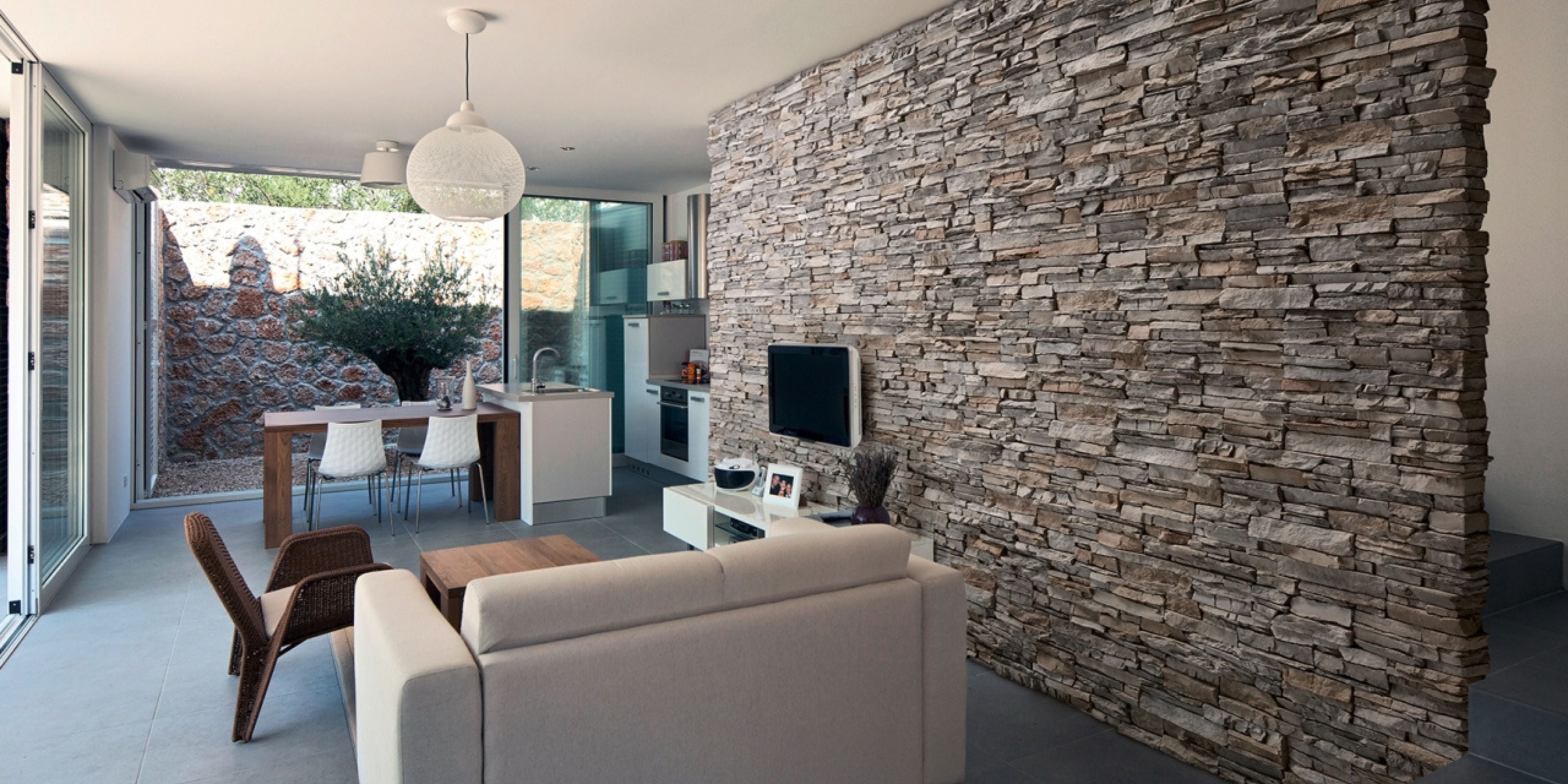
Stonework cladding is widely used in both residential and commercial projects due to its aesthetic appeal and durability. It enhances the visual appeal and functionality of buildings, as demonstrated by various notable projects.
We’ll explore its applications in external walls, interior walls, and commercial sites, including both exterior and interior aspects of the external wall.
External Walls
External stone cladding greatly improves the look and feel of a building, providing insulation and enhancing curb appeal. Granite is highly recommended for outdoor cladding due to its exceptional weather resistance and durability.
Climate conditions are crucial when determining the suitability of stone types for exterior use.
Interior Walls
Stone wall cladding can significantly enhance interior spaces by adding texture and visual interest. Limestone, with its smooth texture, is particularly suggested for interior spaces as it enhances modern design aesthetics. Full thickness walling stone is also a great option for those looking to create a robust and stylish finish.
Stone cladding transforms interior environments, adding depth and character to rooms with stone cladding panels.
Commercial Sites
In commercial applications, stone cladding is often used to create striking facades that attract customers. For high-traffic areas, granite is recommended due to its exceptional durability and resistance to scratches. The Hilton Garden Inn in Sunderland, featuring a combination of glass and limestone, exemplifies the aesthetic and functional benefits of stone cladding in commercial projects.
Stone cladding not only enhances aesthetic appeal but also contributes to the longevity and durability of commercial buildings.
Choosing the Right Stonework Cladding
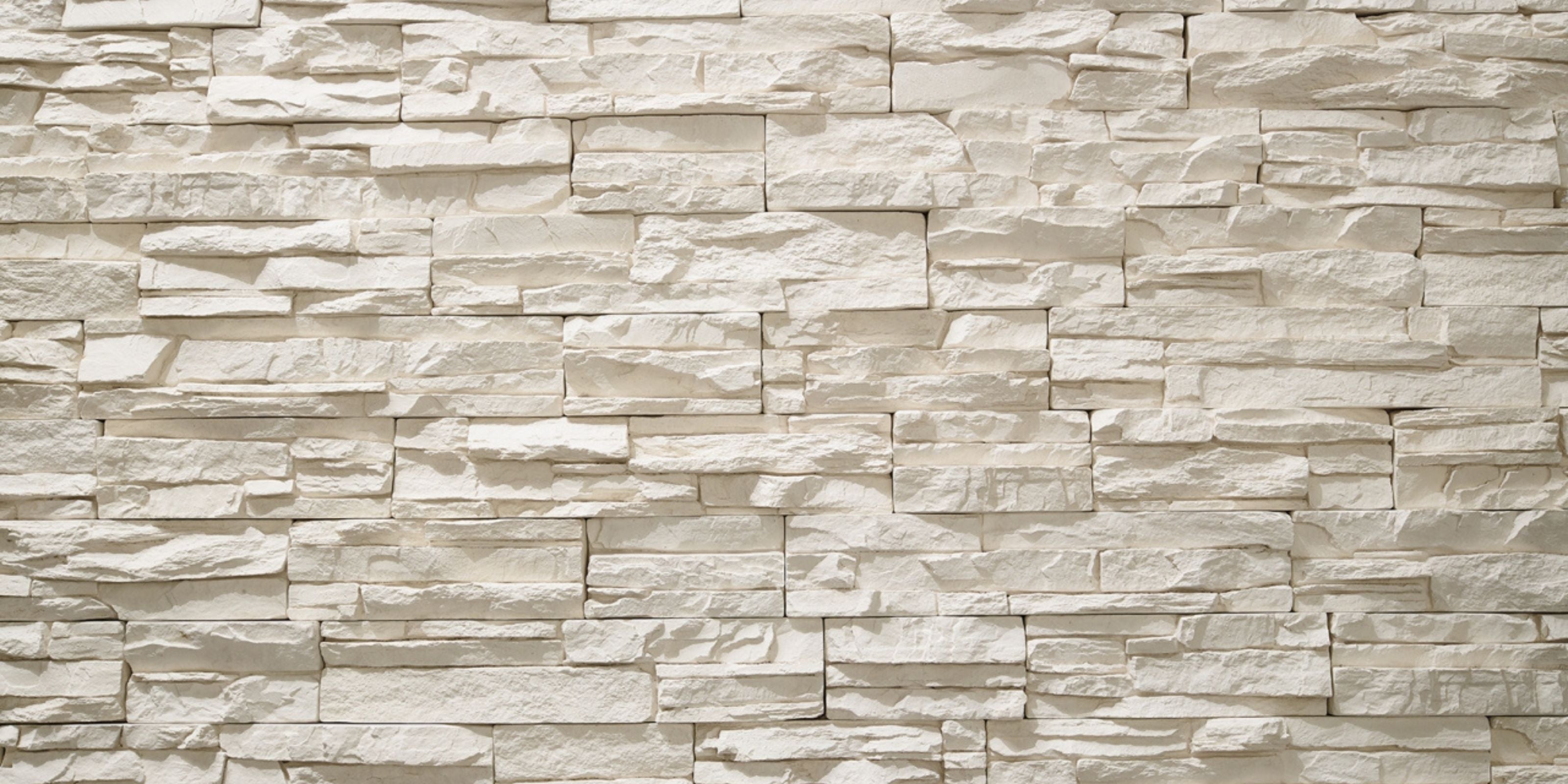
Choosing the right stone cladding involves balancing aesthetic and functional aspects to meet project requirements.
This section will guide you through the factors to consider, expert recommendations, and custom solutions for stonework cladding.
Factors to Consider
Stonework cladding comes in extensive styles, allowing for customization to match different architectural themes. Natural stone cladding offers various colors and textures to complement multiple architectural styles.
Budgeting for stone cladding should factor in installation and long-term maintenance costs, not just the material price. Custom stone cladding solutions can be tailored to meet specific design preferences and structural requirements.
Expert Recommendations
The new generation of stone sealers utilizes nanotechnology to enhance protection. These advanced sealers can be applied on various surfaces, including sandstone, limestone, brick, and concrete. Choosing the right sealers is crucial for maintaining the quality and longevity of stonework cladding.
Consider the material type and specific project requirements when selecting sealers for optimal results.
Custom Solutions
Custom stonework cladding options allow for unique design preferences and structural needs, enabling homeowners and builders to tailor their projects specifically. Sandstone is well-suited for residential builds and outdoor features due to its rustic appearance and low absorption rate.
These custom solutions cater to both residential and commercial projects, ensuring that the cladding panels meet specific aesthetic and functional requirements for UK customers and beyond.
Maintaining Stonework Cladding
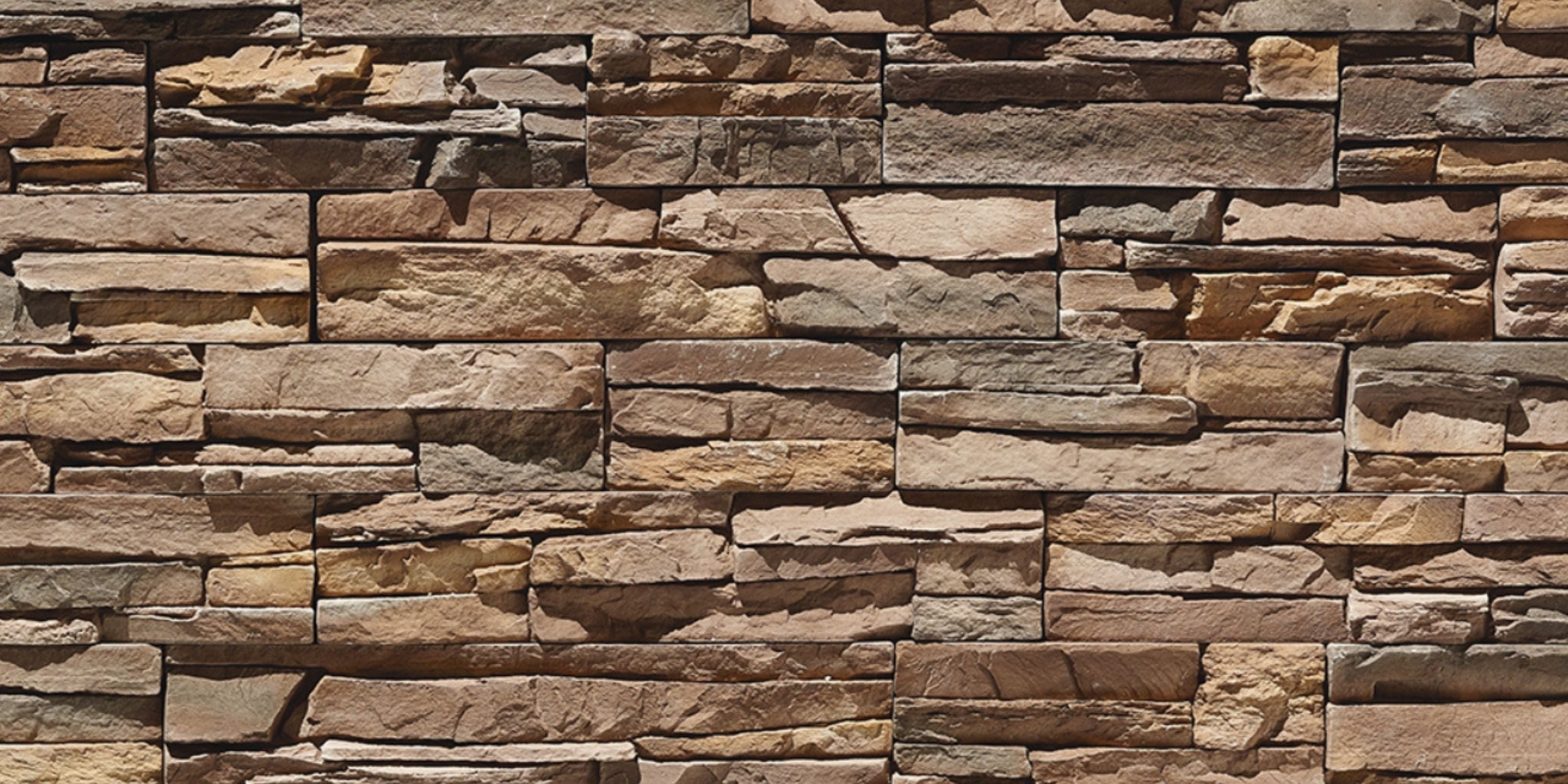
Regular maintenance is essential for preserving the aesthetics and durability of stone cladding.
This section provides detailed guidance on cleaning techniques, protective sealers, and repair and restoration practices.
Cleaning Techniques
A mild detergent mixed with warm water effectively cleans various types of stone without causing damage. A pH-neutral cleaner maintains the integrity of most stone surfaces during cleaning.
For cleaning stone surfaces:
- For indoor stone surfaces, dusting and wiping with a soft cloth prevents damage.
- When cleaning outdoor stone cladding, carefully adjust a pressure washer to avoid damaging the stones.
- Use soft brushes or sponges to clean stone surfaces to avoid scratching or damaging the stone.
Protective Sealers
Sealers can significantly extend the lifespan of stone surfaces by providing a barrier against moisture and stains. Reapplying a sealer every 2–3 years helps protect stone surfaces from moisture and UV damage.
Choosing polymer-based stone panels can minimize maintenance due to their resistance to dirt and moisture.
Repair and Restoration
Occasionally, individual pieces may detach from the main board in external stone cladding. Addressing these issues promptly involves reattaching the fragments with appropriate adhesive and ensuring the integrity of the cladding is maintained.
Regular inspection and timely repairs prevent significant damage and extend the lifespan of the stone cladding.
Summary
Stonework cladding offers a blend of natural beauty, durability, and minimal maintenance, making it a compelling choice for both residential and commercial applications. By understanding the types of natural stone cladding, the installation process, and how to maintain it, you can achieve stunning results that enhance the aesthetic appeal and structural integrity of your spaces. Whether you opt for limestone, sandstone, granite, or split face tiles, stonework cladding is a versatile solution that meets a wide range of design needs, ensuring your project stands the test of time.
Frequently Asked Questions
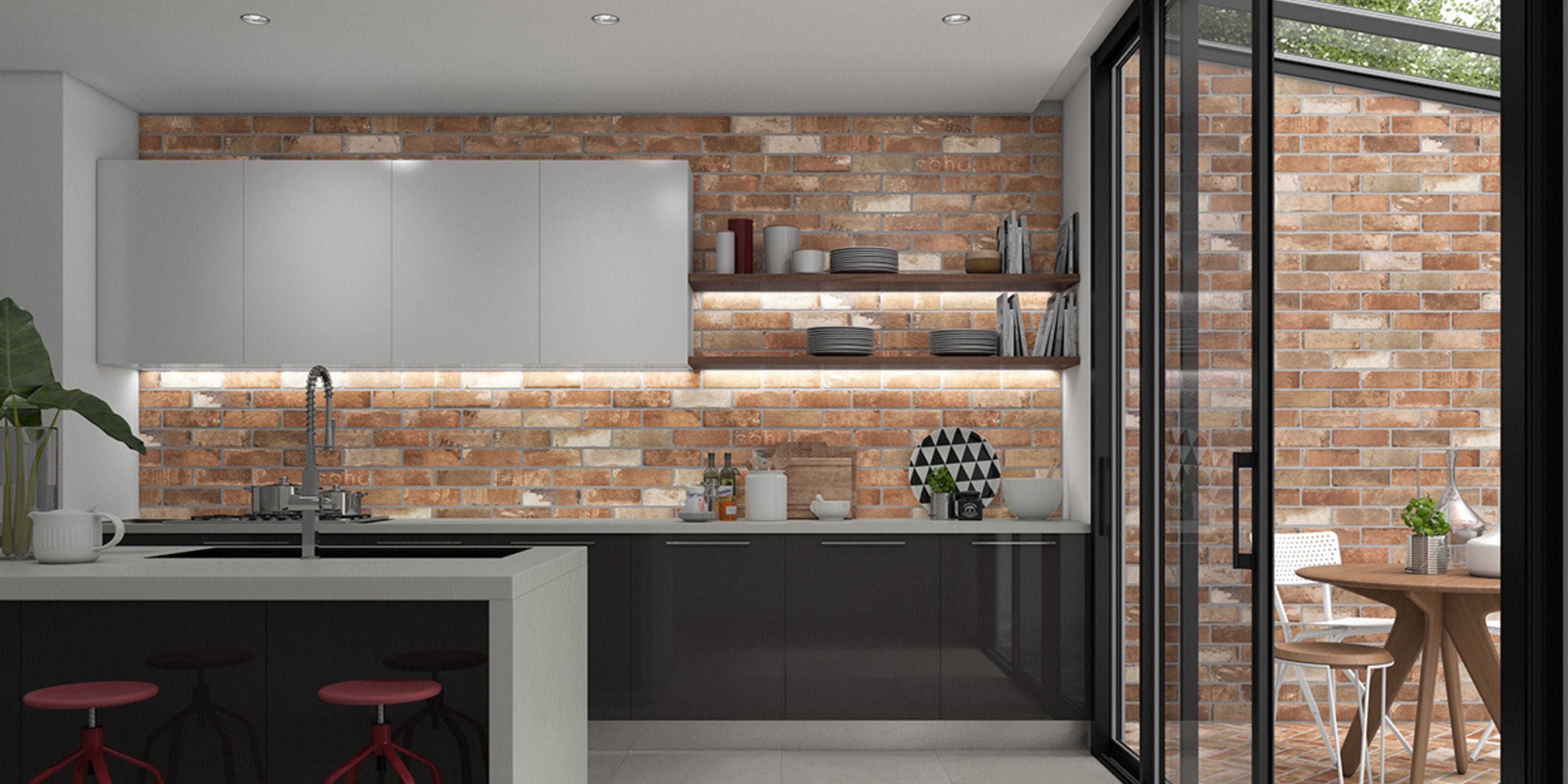
What types of natural stone cladding are available?
Natural stone cladding options include slate, quartz, granite, limestone, and sandstone, each with distinct textures and colors that enhance aesthetic appeal.
How durable is stonework cladding?
Stonework cladding is highly durable, offering excellent resistance to environmental factors and heavy usage, making it ideal for various applications.
What is the installation process for stonework cladding?
The installation process for stonework cladding requires careful preparation of the wall surface, uniform application of adhesive to the stones, and precise alignment using tools such as a spirit level and notched spatula. Following these steps will ensure a successful and aesthetically pleasing result.
How often should I apply a sealer to stone cladding?
To ensure optimal protection for your stone cladding, it is advisable to apply a sealer every 2-3 years. This routine maintenance helps guard against moisture and UV damage, thereby extending the lifespan of the stone.
What maintenance is required for stonework cladding?
Stonework cladding necessitates minimal maintenance, such as occasional cleaning with a mild detergent and water, along with regular inspections for repairs or restorations.


